Jackie Castillo. Through the descent, like the return. 2024. Concrete paver, archival pigment ink, polyester. 12 x 12 x 1.5 inches. Edition 1/3 + 2 AP.
|
Current Exhibition:
April 13 - May 18, 2024.
Jackie Castillo, Shabez Jamal, Sarah Plummer, Xiao He, Cesar Herrejon, Magaly Cantú.
Group Exhibition.
Release:
Press:
+ Feature (LA Art Party: April 13, 2024).
+ This Week’s Must-See Art (Curate LA: April 11-17, 2024).
+ LA Art Openings & Spotlight (ArtRabbit: April 10, 2024).
|
Bio
Jackie Castillo is a Los Angeles-based artist working in sculpture, installation, and film photography. Her practice is rooted in examining the isolation and anxiety felt by the working class by investigating the relationship between infrastructure, urban development, and collective memory. Utilizing the visual vernacular of surface, material, and ruins, she examines how an internalized loss of identity may render the self as unreal, estranged, and in various states of invisibility. Her work has been exhibited at The California Museum, The Long Beach Museum of Art, The Mistake Room, the 2022 New Wight Biennial at UCLA Broad Art Center, Charlie James Gallery, As-is Gallery, the Mexican Center for Culture and Cinematic Arts, View/Paul Soto Gallery, and the Material Art Fair in Mexico City. The Los Angeles County Museum of Art has acquired her work Turning No.2 as part of the permanent collection. She was awarded the 2021 Individual Artist Fellowship by the California Arts Council.
|
The three rebar-mounted works from Castillo’s paver series (included in the group exhibition There’s no telling time) are photographic double exposures of the distinctively ‘southern California’ yard-spaces found between the sidewalk and homes throughout much of this region, and particularly in Los Angeles. The documentation of this interstitial space—between the (private) domestic space and the (public) roadway or pedestrian walkways—records these yard spaces from the perspective of walker or passer-by, or as someone on the limits of (both of) these spaces. (The artist spends much of her time walking in places throughout southern California.) The photographs are editioned as archival pigment prints on polyester adhered to the concrete paver. The technical double exposure engineered through each image is repeated across the different types of contrasting doubled scenes ‘exposed’ by the resulting photograph. Specifically, each work combines, in varying degrees, fading views of natural greenery, urban domestic architectures, and objects or traces suggestive of human transformations of—seemingly that—space (…the watering can and shovel visible in Of the garden just risen from the darkness (2024)). Positioned at the center of each piece is some place furnished by and for a body’s passage: an entryway, a stairway, an armchair. (And each of these ‘passages’ ends up detoured, interfered-with, or blocked: a garden passage leads to tools of labor or recreation (depending on the context), a grove of trees grows in the stairway, a graffiti-figure finds its wall passing-through the chair.) Along this layering of growths, (external) domestics, industrials, and decays, the mixed views also display subtle but certain distinctions of the disparate class-positions echoed by the duplicity of a yard as a place of enjoyment as well as a site of labor, and, like any aspect of a home, a site reflective of someone’s labor (their job and income). But, despite all of these glimpses, the blurry fragmentation induced by remaining in-between scenes sustains a slipping-out of memory of and a sense of invisibility. Ultimately and initially, each view leaves room for the subject encountered.
Castillo mentions that she has been reflecting on “working class ambition, visions of ascension, and proletariat joy” while working on the pieces in this series; which, I think, is demonstrated in some of the spaces she photographed: working- and wage-earning-class (or, proletariat) yards that would not usually be identified with the hyper-realized sense of excessive—‘luxuruious’—enjoyment most often associated with folks’ imaginations (and fantasies) of Los Angeles and southern California. The act of showing these spaces in a way where they are found just barely visible, with the diplopic haze lining the nostalgic perspectives of the images, furthers her works’ intimation of questions of collective memory and erosions of selfhoods that accompany gentrification and other classed structures of infrastructure and community-construction (and destruction). The paver stones, like her other masonry-photo-print works, also work to recall her personal connection to these materials through the connection of Latinx day laborers in California and construction workers that have built a city they are barred from inhabiting, and blocked from enjoying. (—Or are they? Castillo’s current work is asking something like this, I think….) This connection between labor and architecture is reiterated with the floor piece included in the exhibition: From Somewhere They Had Known Before (2023). Wrapping a 120mm film scan of the remains of the Great Pyramid of Cholula (in Cholula, Puebla, Mexico) around concrete landscape edgers, or masonry bricks commonly installed at the edge of garden-bed or yard, the work winds a way between contemporary labor practices—Latinx gardeners and landscapers in southern California—and the architectural achievements of the Aztecs. The image snakes around the edgers along the black asphalt ground that paves-over the Pyramid’s history, winding through time and space in opposite directions—without ever looking away….
____
Exhibitions with the Gallery:
- April 13 - May 18, 2024. Group Exhibition.
Jackie Castillo, Shabez Jamal, Sarah Plummer, Xiao He, Cesar Herrejon, Magaly Cantú.
Release:
Press:
+ Feature (LA Art Party: April 13, 2024).
+ This Week’s Must-See Art (Curate LA: April 11-17, 2024).
+ LA Art Openings & Spotlight (ArtRabbit: April 10, 2024).
_____
Inquire for Information, Image Details, or Status of Exhibited Works:
gallery@reisigandtaylorcontemporary.com
_____
Installation View\ Day (8). There's no telling time. Jackie Castillo, Shabez Jamal, Sarah Plummer, Xiao He, Cesar Herrejon, Magaly Cantú. April 13 - May 18, 2024. Group Exhibition.
Installation View\ Day (9).
Installation View\ Day (10).
Installation View\ Day (11).
Jackie Castillo.
Jackie Castillo. {Left-Right} Of the garden just risen from darkness. 2024. Concrete paver, archival pigment, ink, polyester. 12 x 12 x 1.5 inches. And once more I remember. 2024. Concrete paver, archival pigment, ink, polyester 12 x 12 x 1.5 inches. Through the descent, like the return. 2024. Concrete paver, archival pigment, ink, polyester. 12 x 12 x 1.5 inches.
Jackie Castillo. Of the garden just risen from darkness. 2024. Concrete paver, archival pigment, ink, polyester. 12 x 12 x 1.5 inches.
Jackie Castillo. Of the garden just risen from darkness. 2024. Concrete paver, archival pigment, ink, polyester. 12 x 12 x 1.5 inches. [Side.]
Jackie Castillo. And once more I remember. 2024. Concrete paver, archival pigment, ink, polyester 12 x 12 x 1.5 inches.
Jackie Castillo. And once more I remember. 2024. Concrete paver, archival pigment, ink, polyester 12 x 12 x 1.5 inches. [Side.]
Jackie Castillo. Through the descent, like the return. 2024. Concrete paver, archival pigment, ink, polyester. 12 x 12 x 1.5 inches.
Jackie Castillo. Through the descent, like the return. 2024. Concrete paver, archival pigment, ink, polyester. 12 x 12 x 1.5 inches. [Side.]
Jackie Castillo.
Jackie Castillo. From Somewhere They Had Known Before. 2023. Concrete landscape edger, 120mm film scan of the Great Pyramid of Cholula, laser print, polyvinyl acetate aadhesive. [Aerial.]
Jackie Castillo.Jackie Castillo. From Somewhere They Had Known Before. 2023. Concrete landscape edger, 120mm film scan of the Great Pyramid of Cholula, laser print, polyvinyl acetate aadhesive. [Orthogonal.]
Installation View\ Night (0).
Installation View\ Night (1).
Installation View\ Night (2).
Installation View\ Night (3).
Installation View\ Night (4).
Installation View\ Night (5).
Installation View\ Night (6).
Installation View\ Day (3).
Installation View\ Day (4).
Installation View\ Day (5).
Installation View\ Day (6).
Installation View\ Day (7).
Installation View\ Afternoon (0).
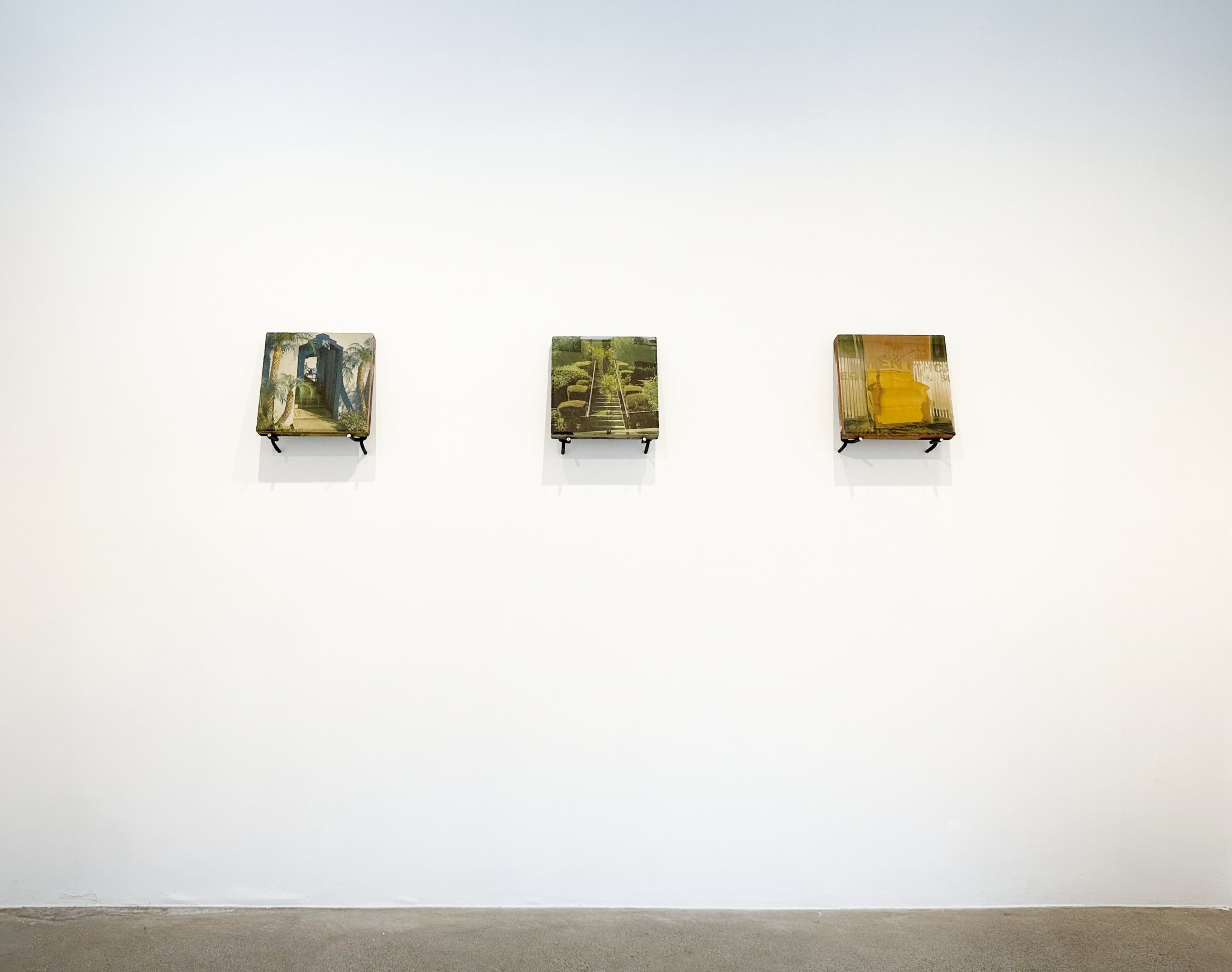
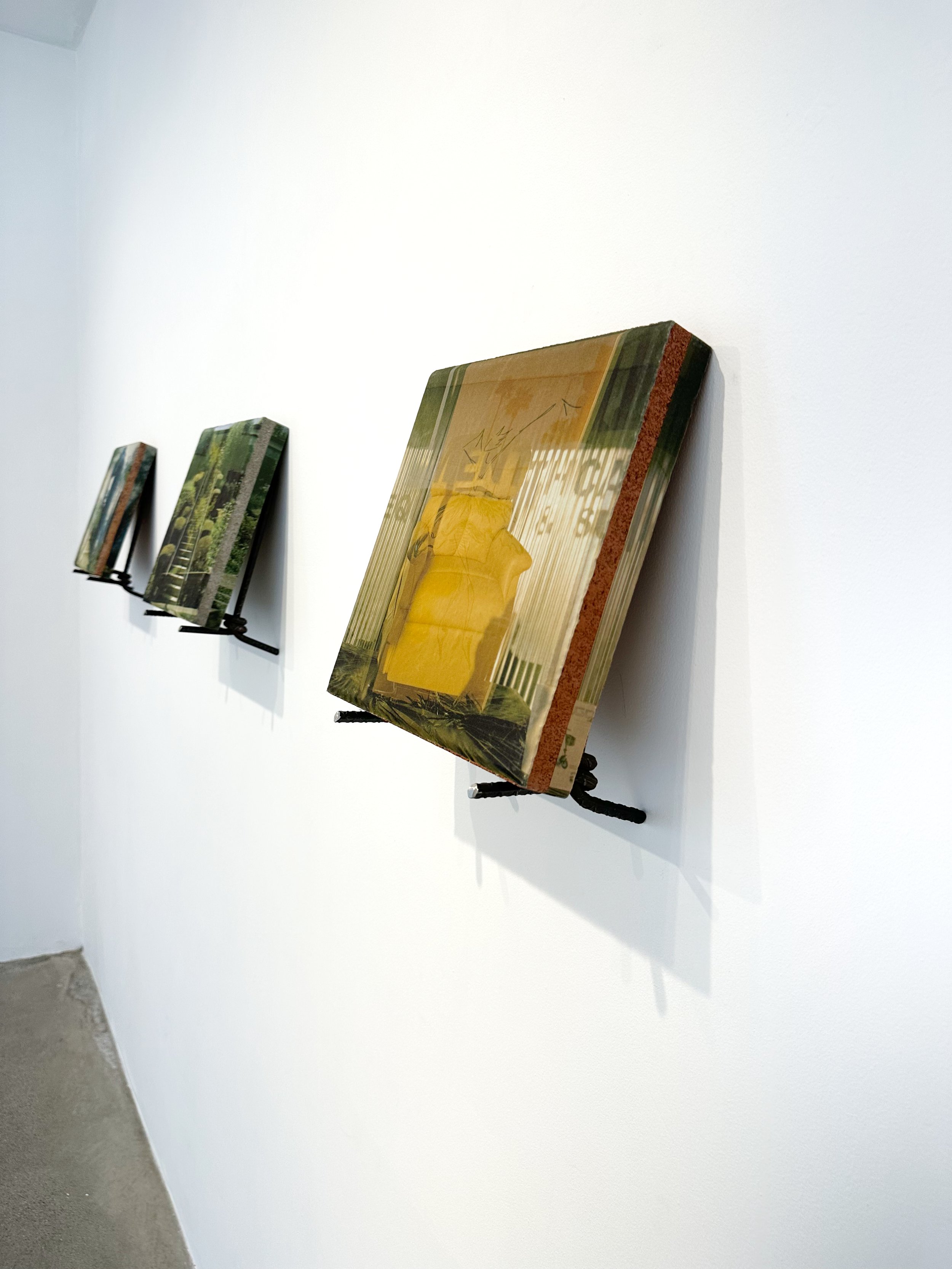

![Jackie Castillo. Of the garden just risen from darkness. 2024. Concrete paver, archival pigment, ink, polyester. 12 x 12 x 1.5 inches. [Side.]](https://images.squarespace-cdn.com/content/v1/619c221f6addfe04124c8b97/9e382969-9c50-40d6-9358-6c84fdc63d42/Castillo_Of+the+garden_2.jpg)
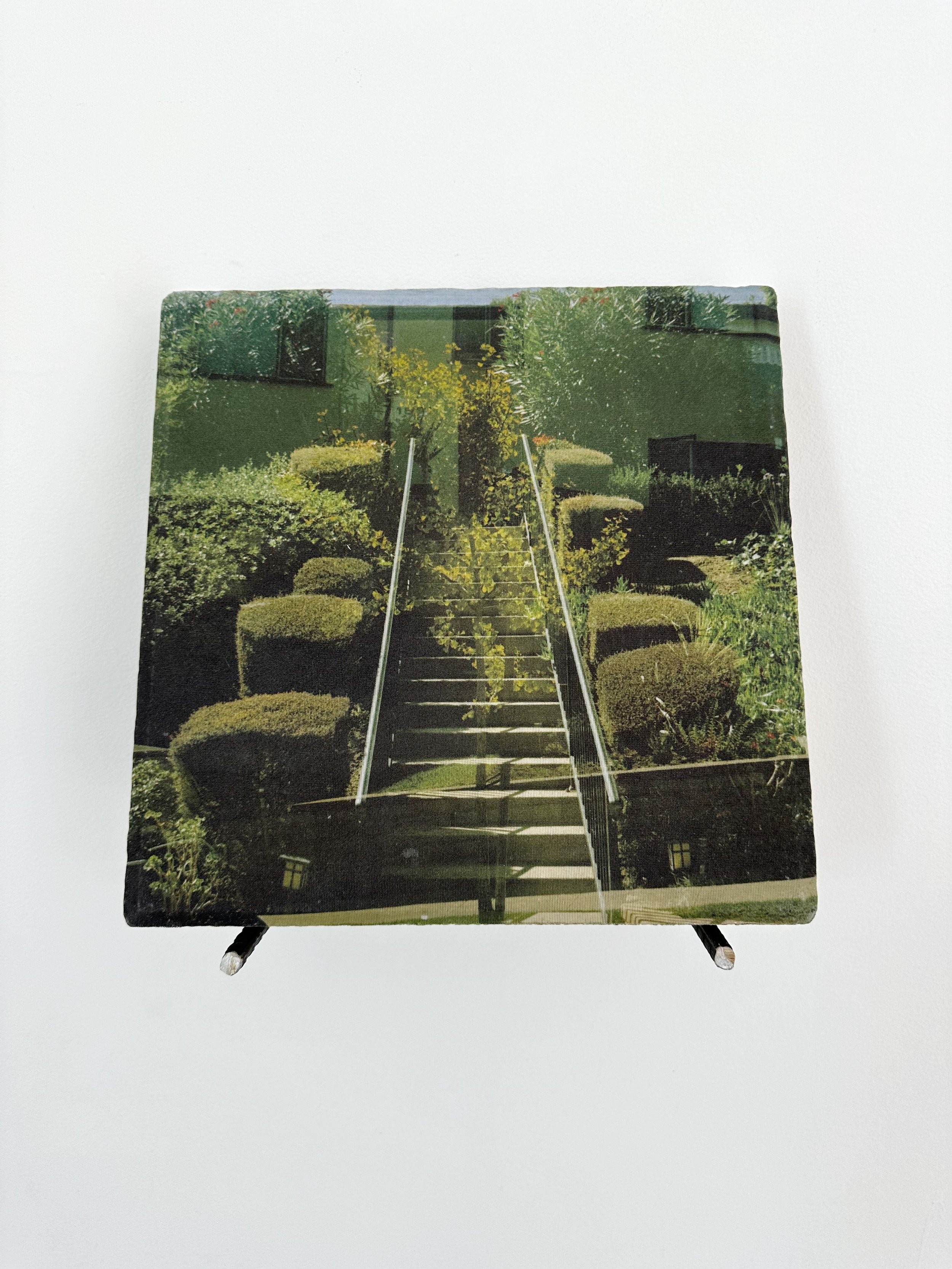
![Jackie Castillo. And once more I remember. 2024. Concrete paver, archival pigment, ink, polyester 12 x 12 x 1.5 inches. [Side.]](https://images.squarespace-cdn.com/content/v1/619c221f6addfe04124c8b97/9ada58fb-37b6-4795-aac4-6a1759f9e7ed/Castillo_And+once_2.jpg)
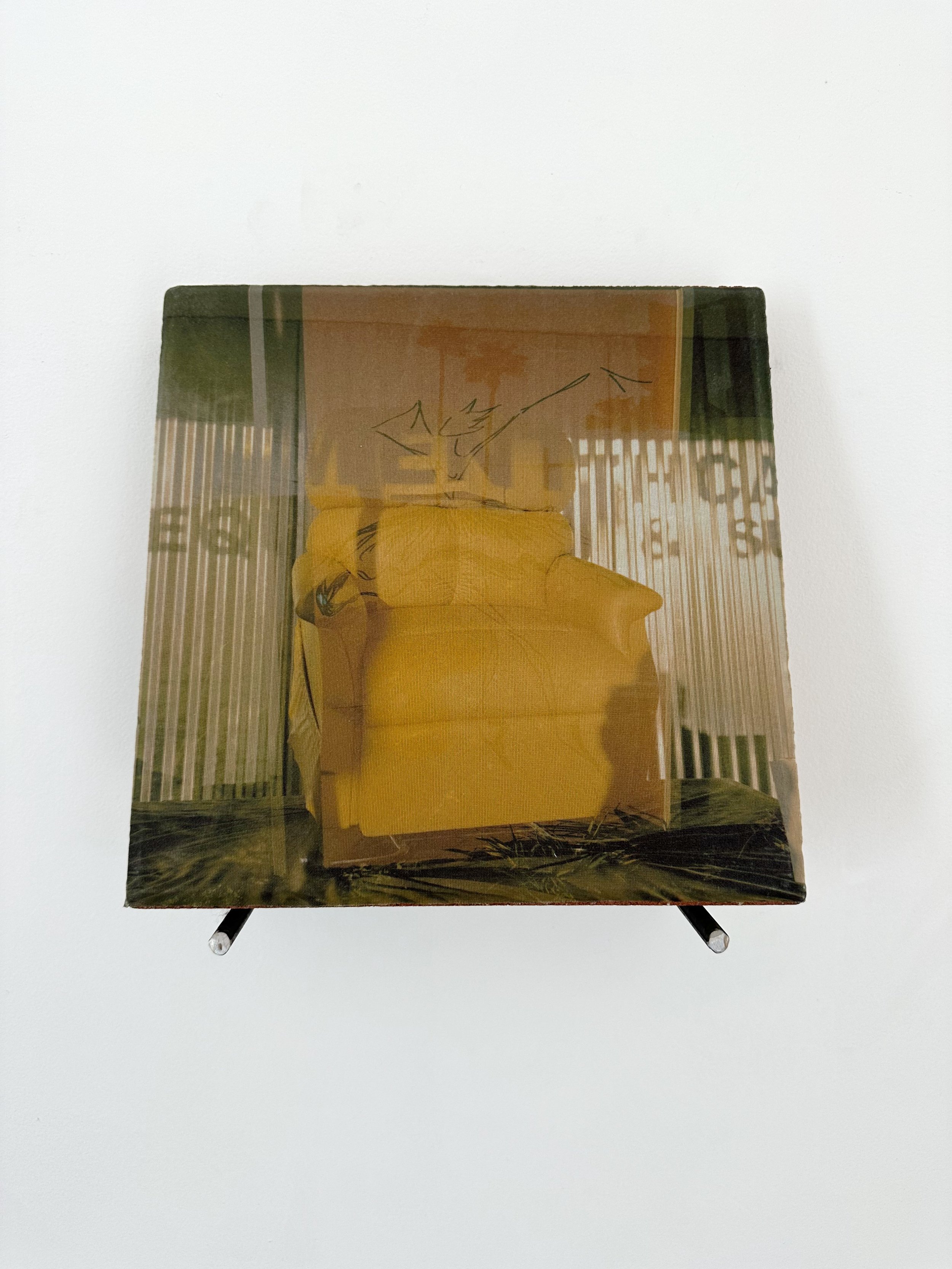
![Jackie Castillo. Through the descent, like the return. 2024. Concrete paver, archival pigment, ink, polyester. 12 x 12 x 1.5 inches. [Side.]](https://images.squarespace-cdn.com/content/v1/619c221f6addfe04124c8b97/77fbdc6c-763f-4905-a5cb-18469cfa3d0b/Castillo_Through_2.jpg)
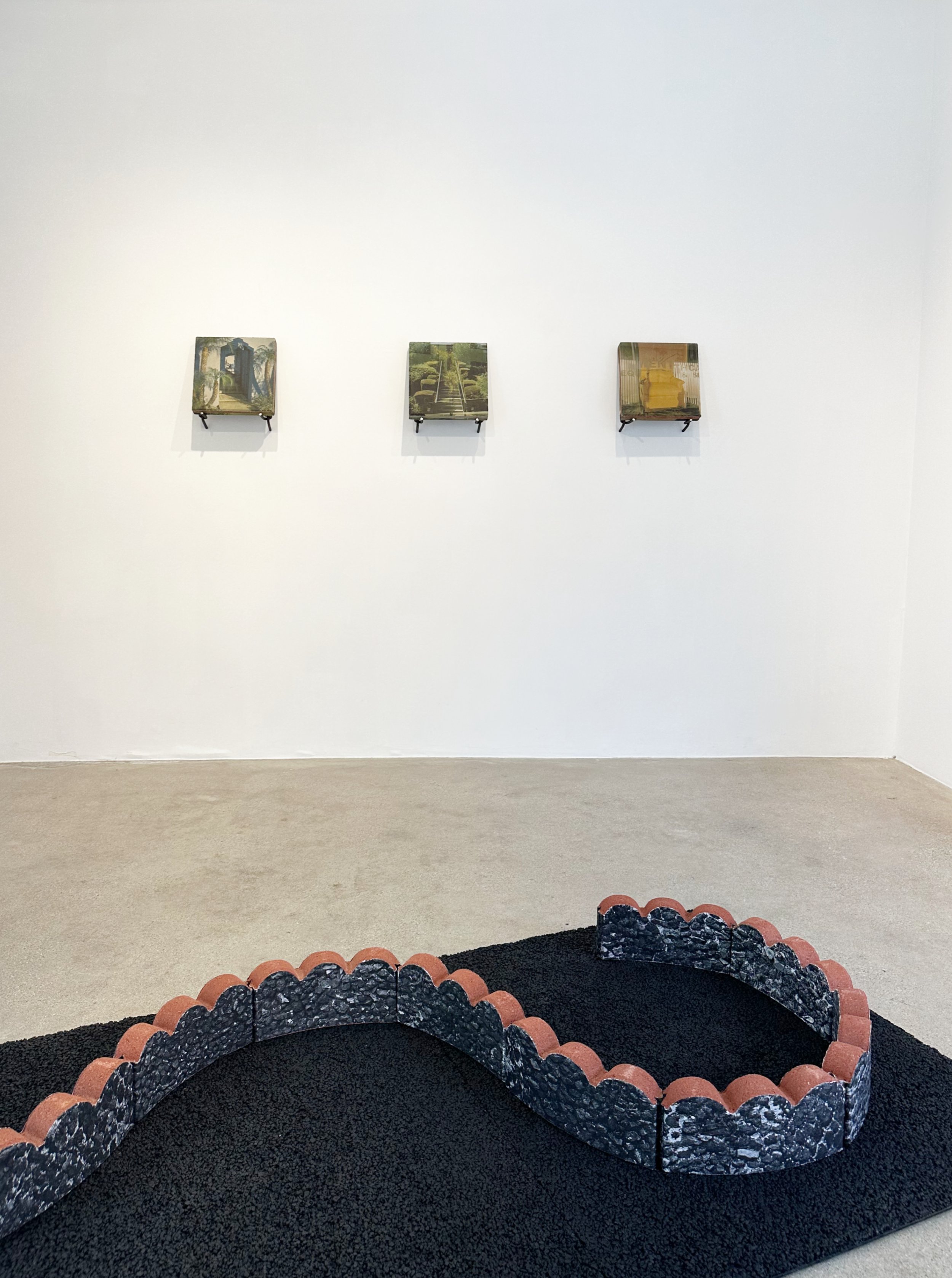
![Jackie Castillo. From Somewhere They Had Known Before. 2023. Concrete landscape edger, 120mm film scan of the Great Pyramid of Cholula, laser print, polyvinyl acetate aadhesive. [Aerial.]](https://images.squarespace-cdn.com/content/v1/619c221f6addfe04124c8b97/849962f0-681e-428c-b1e9-9844d6e8f661/castillo_From+Somewhere_2.jpg)
![Jackie Castillo.Jackie Castillo. From Somewhere They Had Known Before. 2023. Concrete landscape edger, 120mm film scan of the Great Pyramid of Cholula, laser print, polyvinyl acetate aadhesive. [Orthogonal.]](https://images.squarespace-cdn.com/content/v1/619c221f6addfe04124c8b97/47970dc0-3c5e-4302-98a4-aa8ee7cef036/castillo_From+Somewhere_1.jpg)











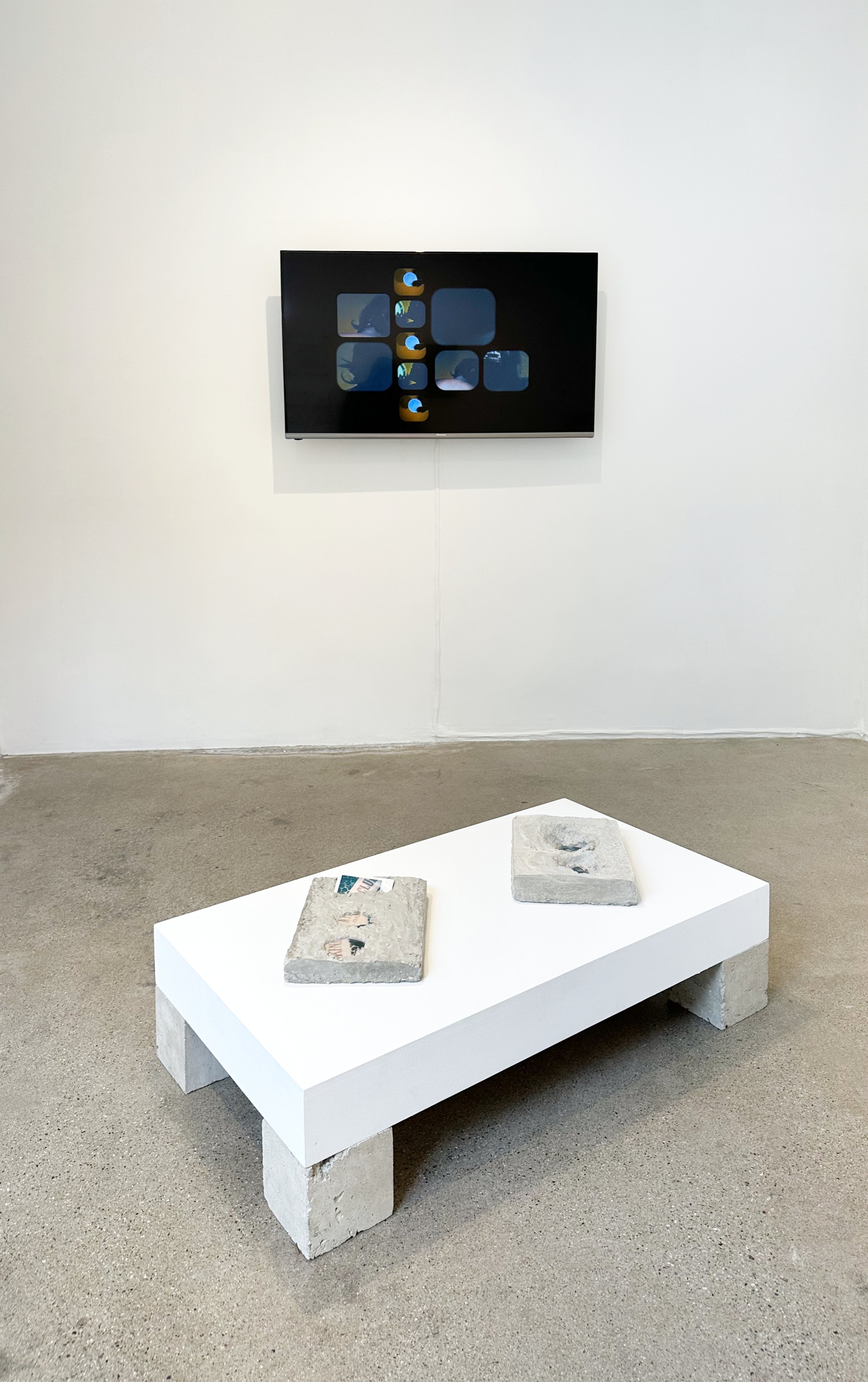
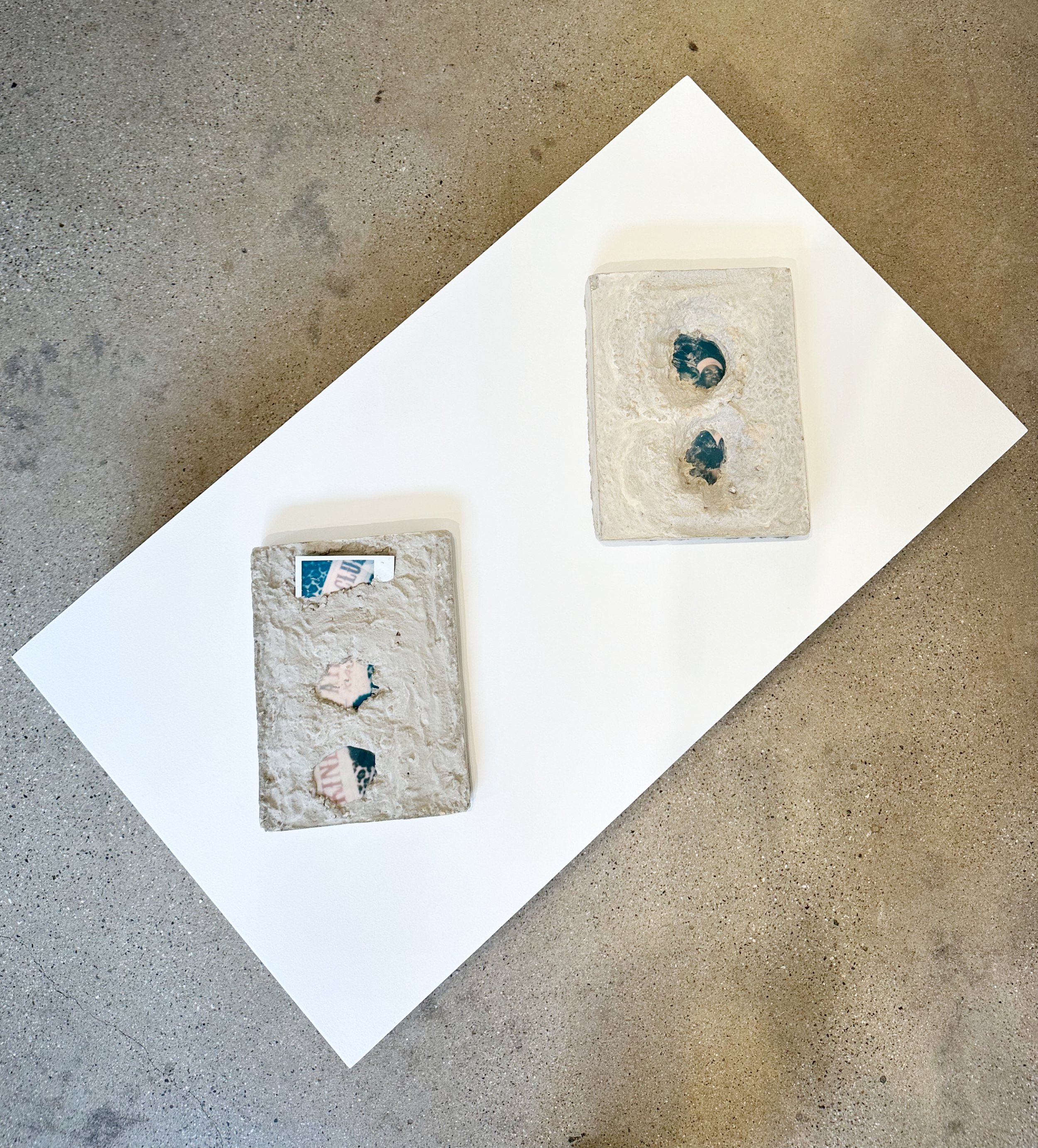

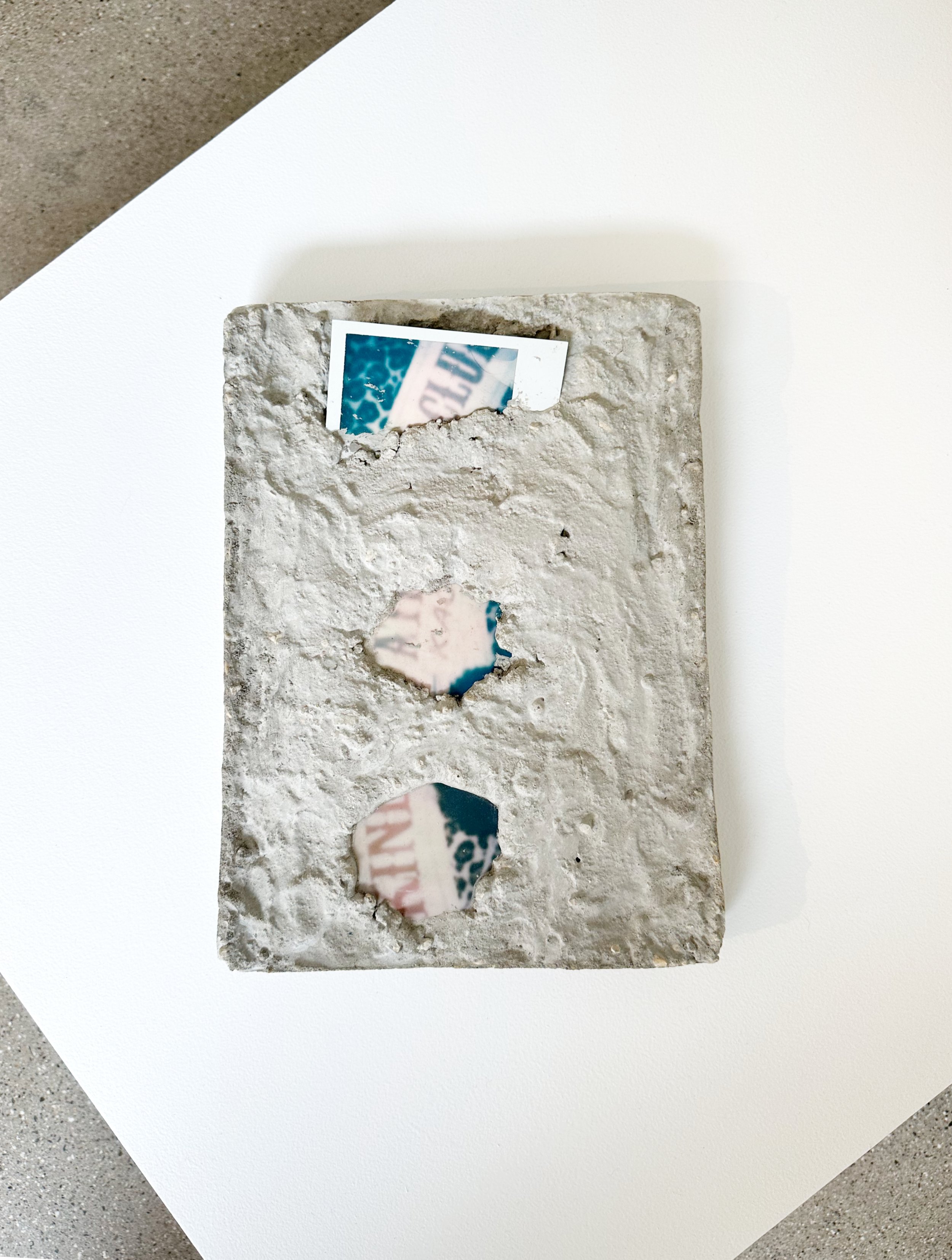
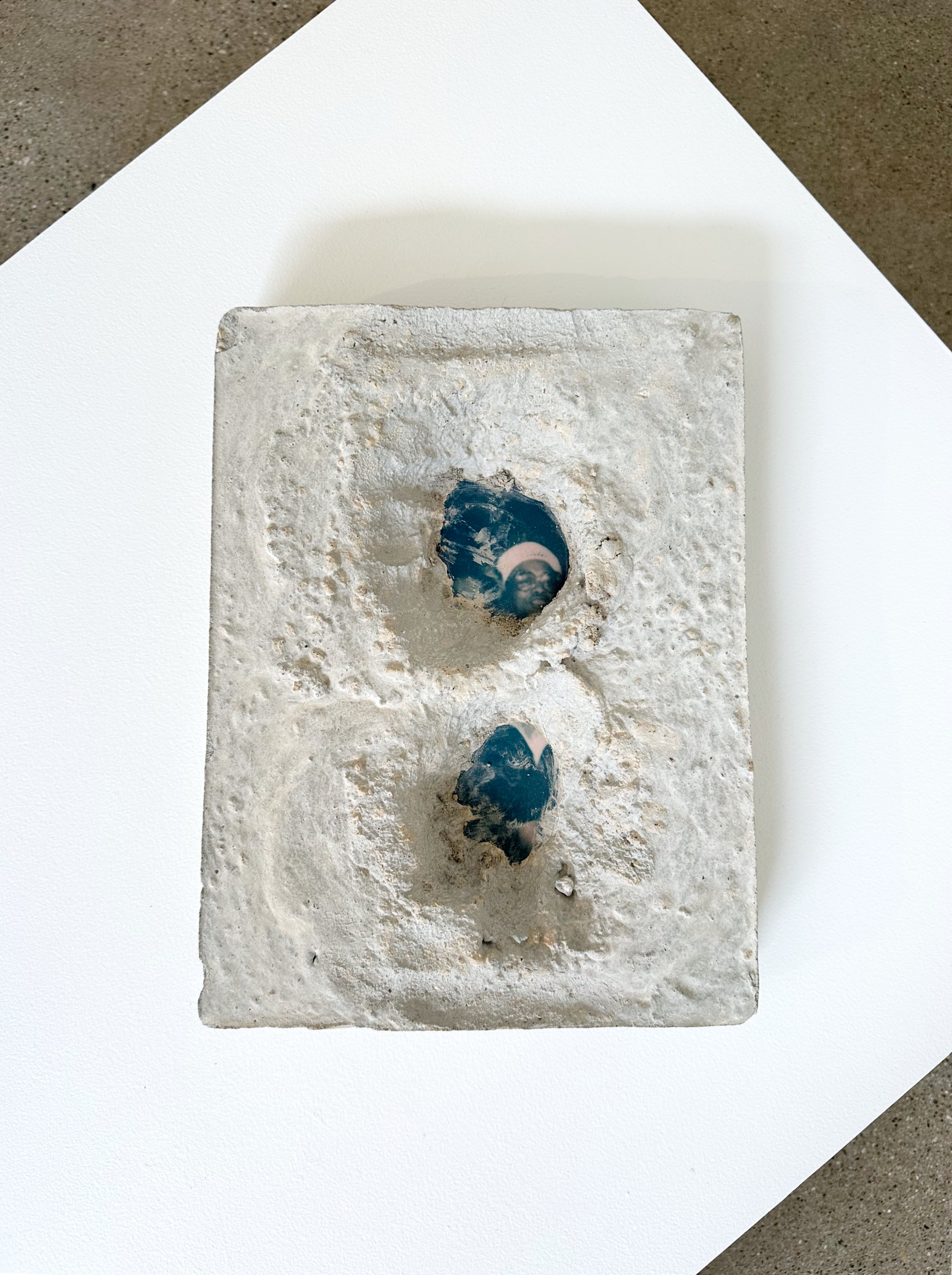

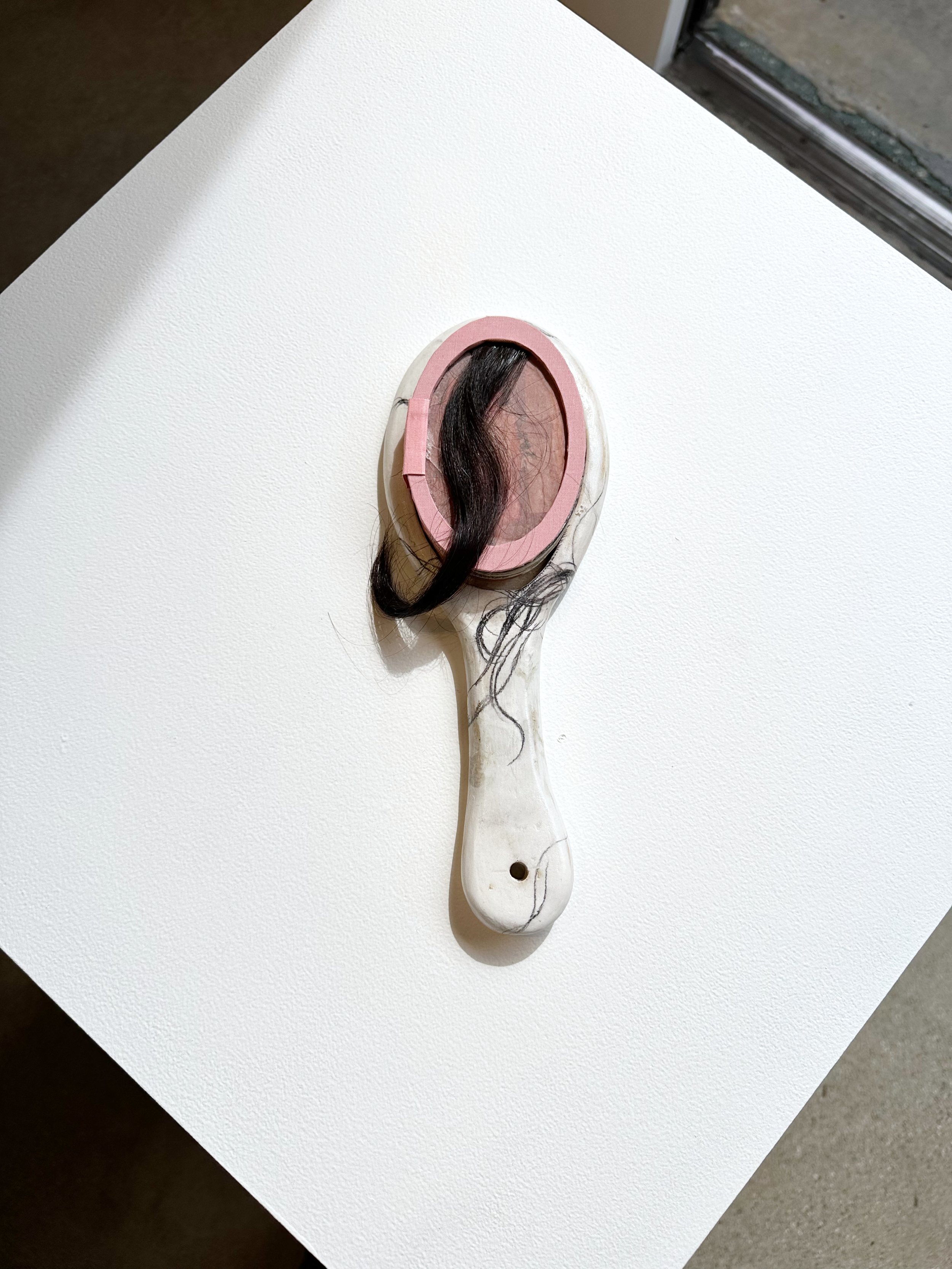
![Magaly Cantú. Greñuda. 2024. Ceramic frame, transparent flax paper, human hair; lithography, screen printing. Approx. 15 x 4 x 2 inches. [Open.]](https://images.squarespace-cdn.com/content/v1/619c221f6addfe04124c8b97/afbdf02b-3864-4589-ad87-6557216d9eca/Cantu_Grenuda_2.jpg)
![Magaly Cantú. Greñuda. 2024. Ceramic frame, transparent flax paper, human hair; lithography, screen printing. Approx. 15 x 4 x 2 inches. [Back.]](https://images.squarespace-cdn.com/content/v1/619c221f6addfe04124c8b97/5f4292e0-781e-4f68-9c18-6c51fd53a6f5/Cantu_Grenuda_3.jpg)


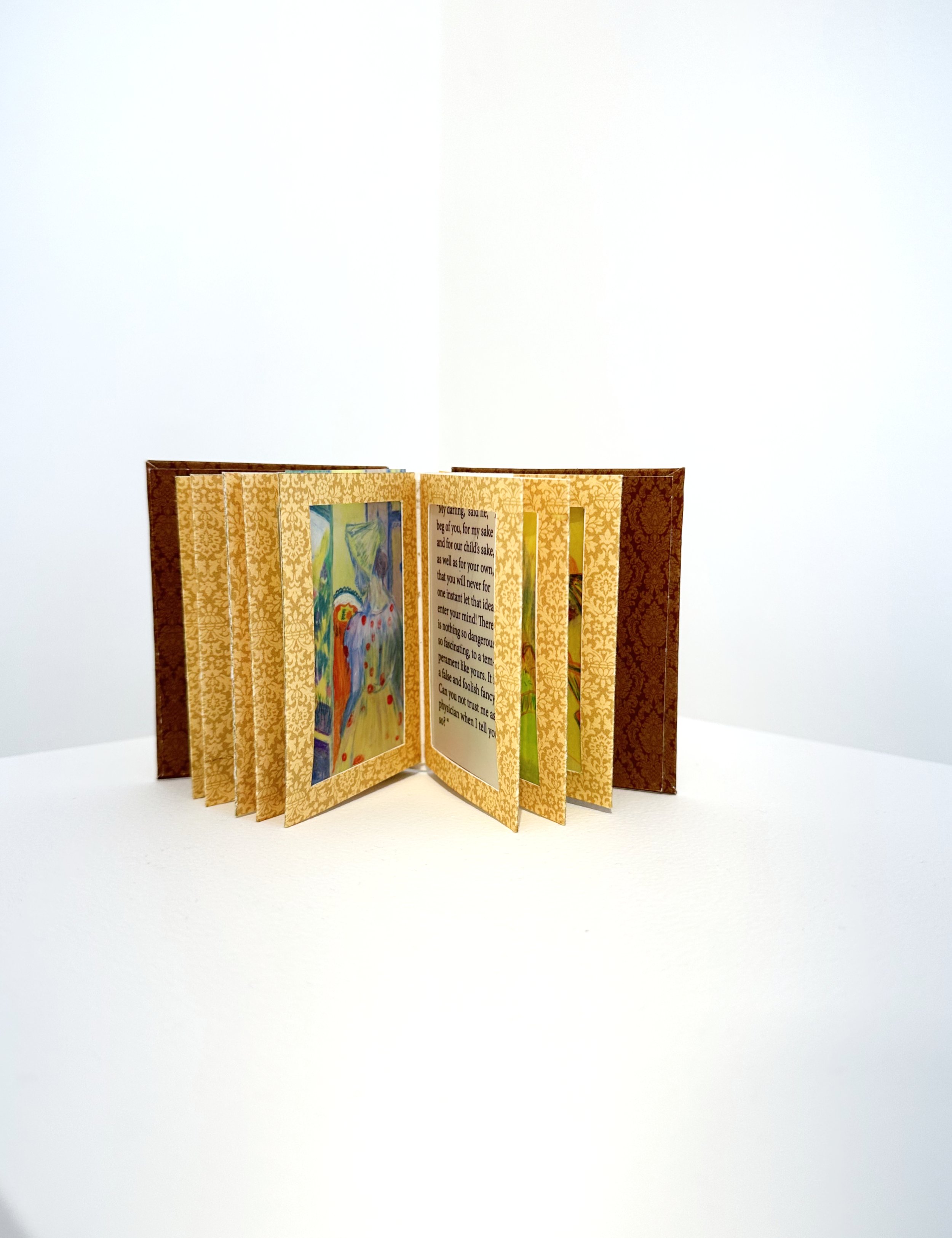



![Cesar Herrejon. How We Were Born I. 2023. Fabric, ink, graphite on individual plaster grounds. 16 x 10 inches. [Detail.]](https://images.squarespace-cdn.com/content/v1/619c221f6addfe04124c8b97/3bed3829-a41f-4c77-b4d8-17ee3cbac71f/Herrejon_How_3.jpg)
![Cesar Herrejon. How We Were Born I. 2023. Fabric, ink, graphite on individual plaster grounds. 16 x 10 inches. [Detail.]](https://images.squarespace-cdn.com/content/v1/619c221f6addfe04124c8b97/9dae1e40-ab8d-4905-8bd3-ccd48146d777/Herrejon_How_1.jpg)

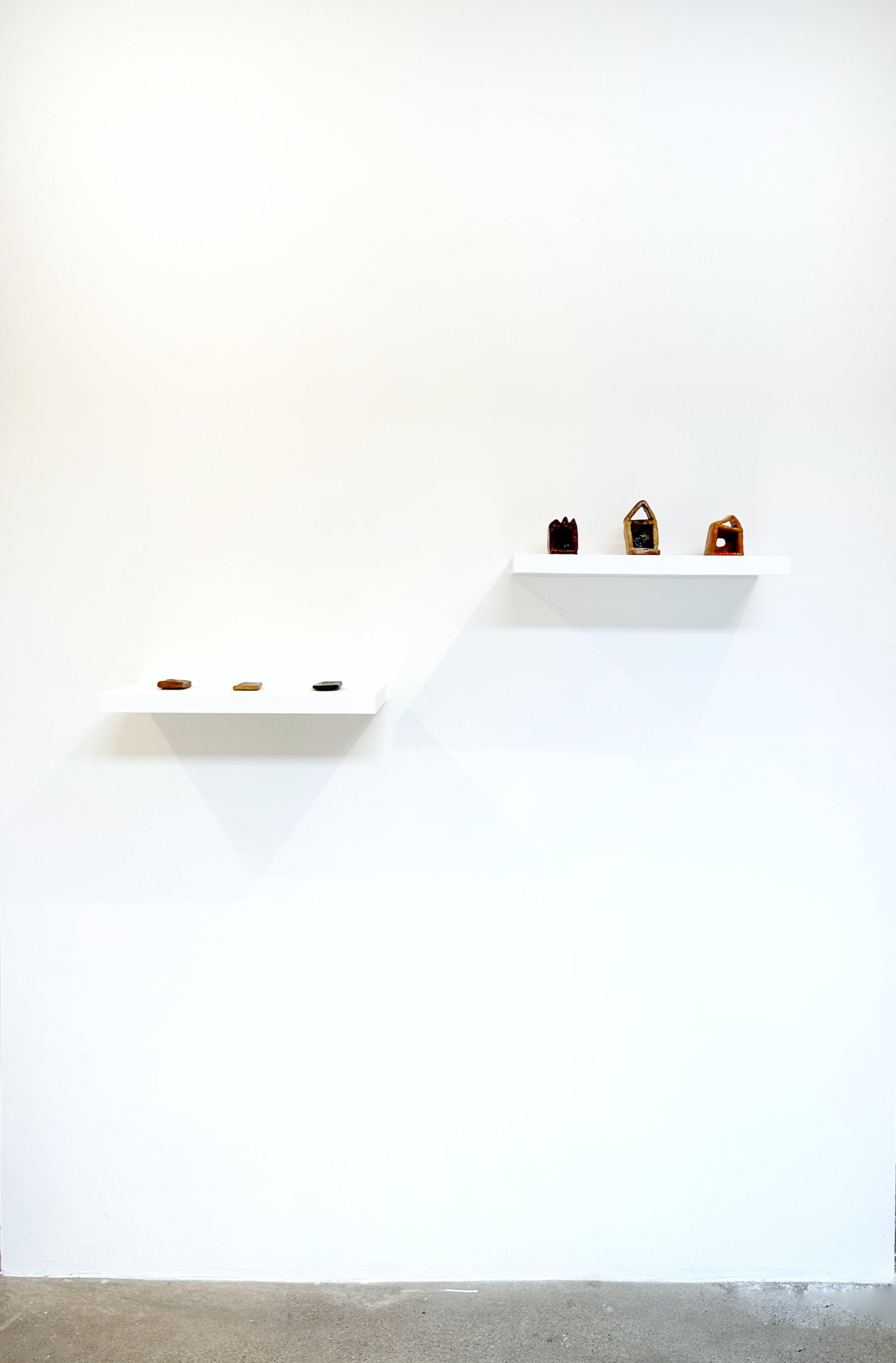
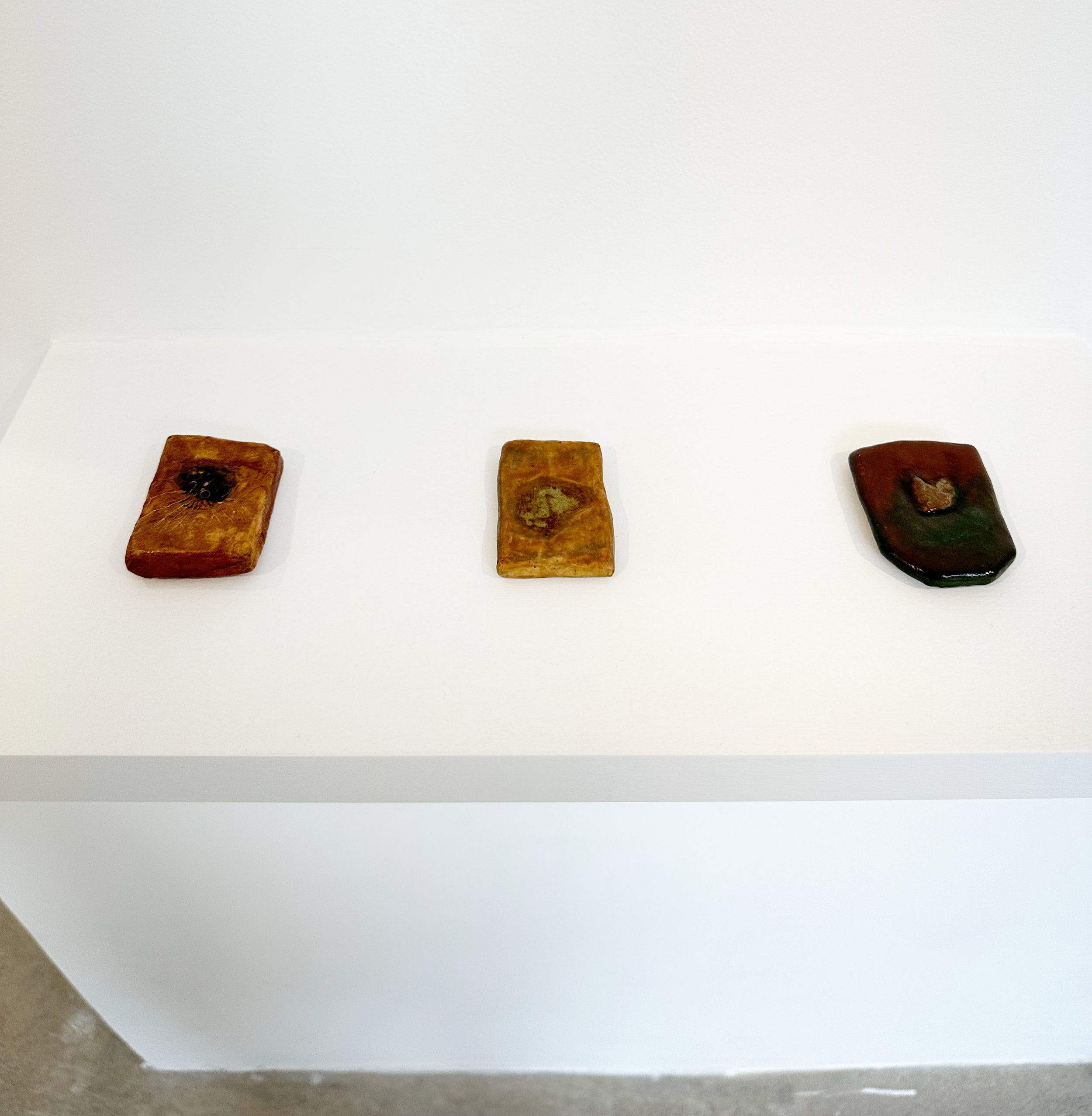
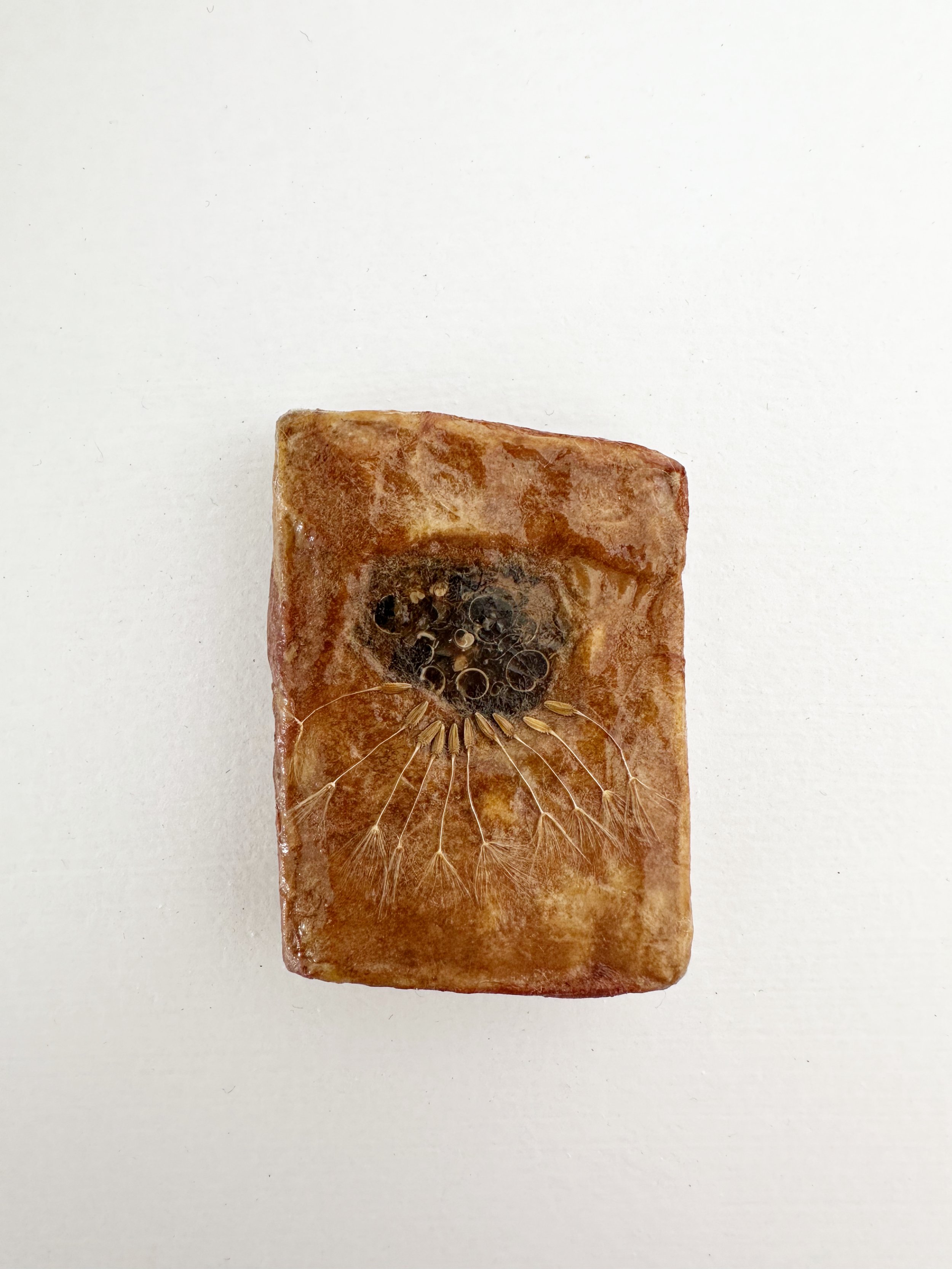
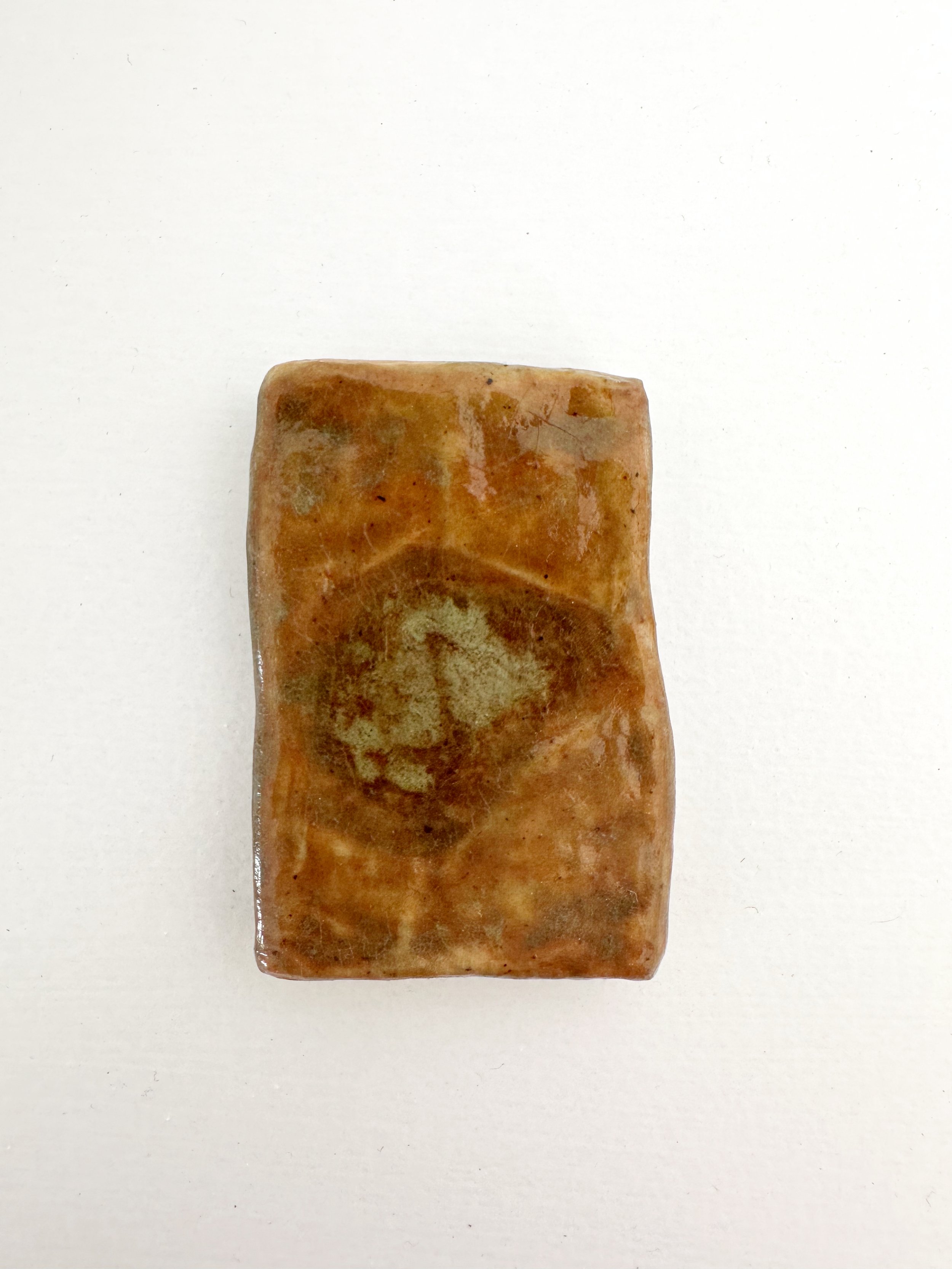
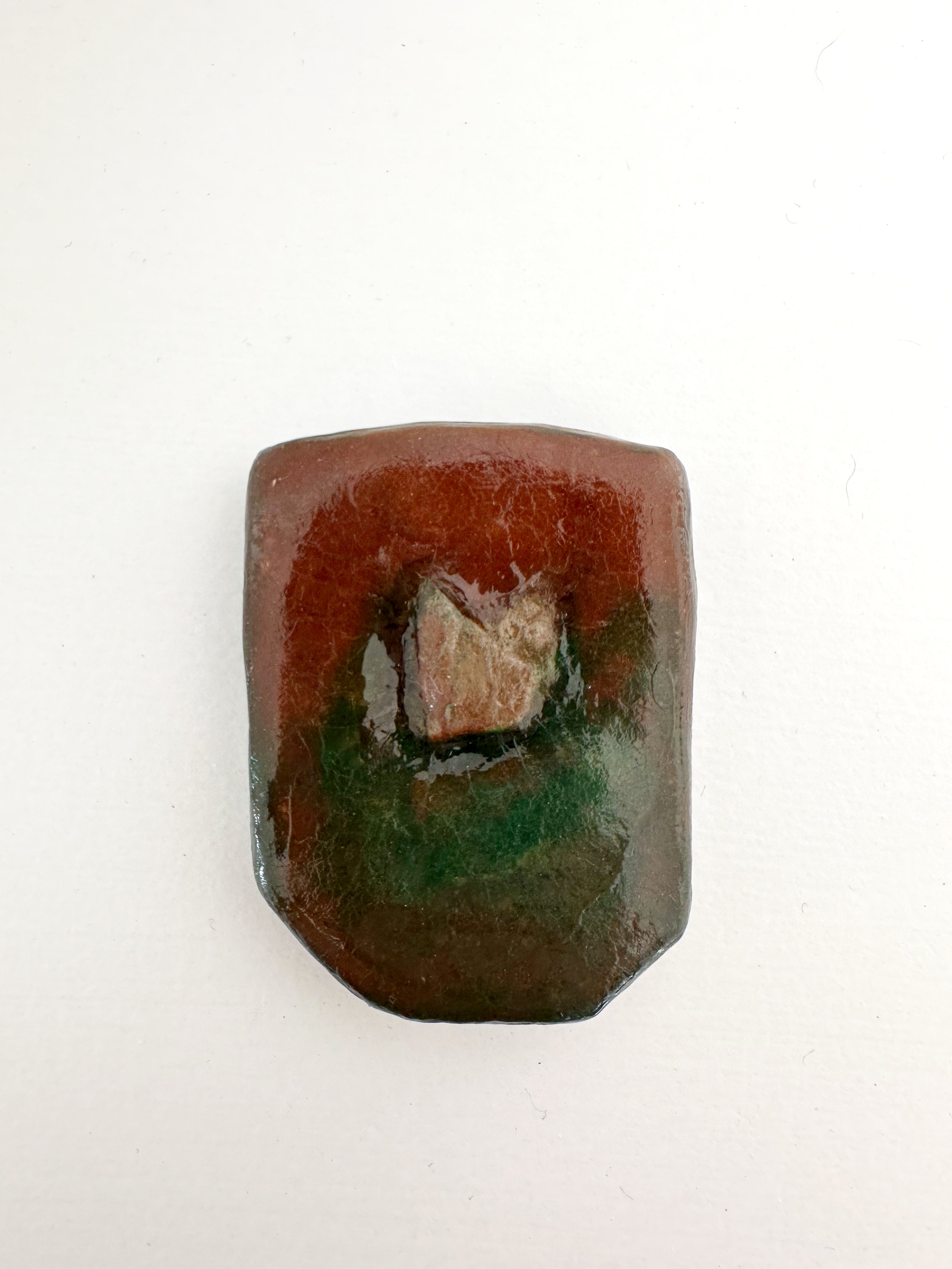
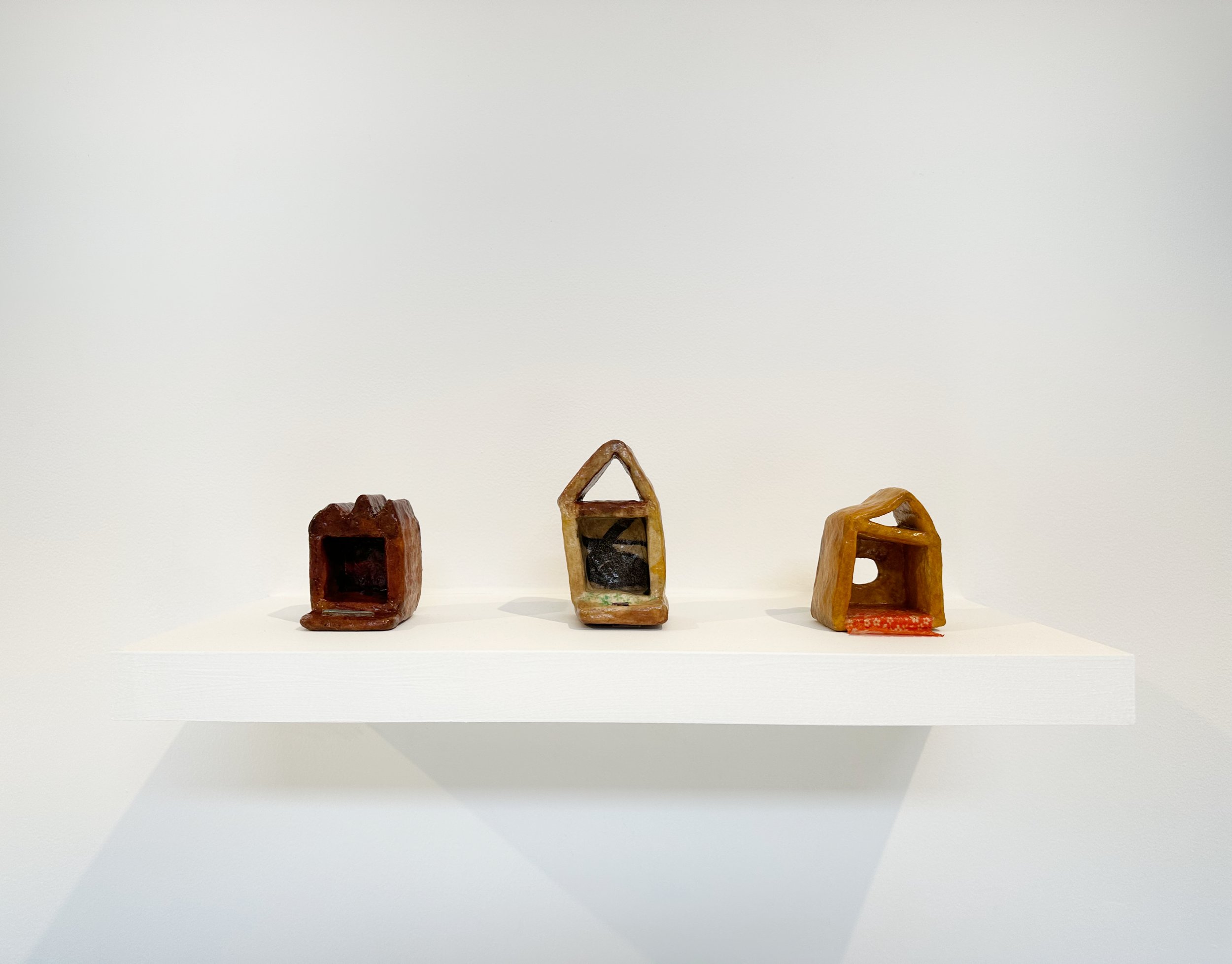
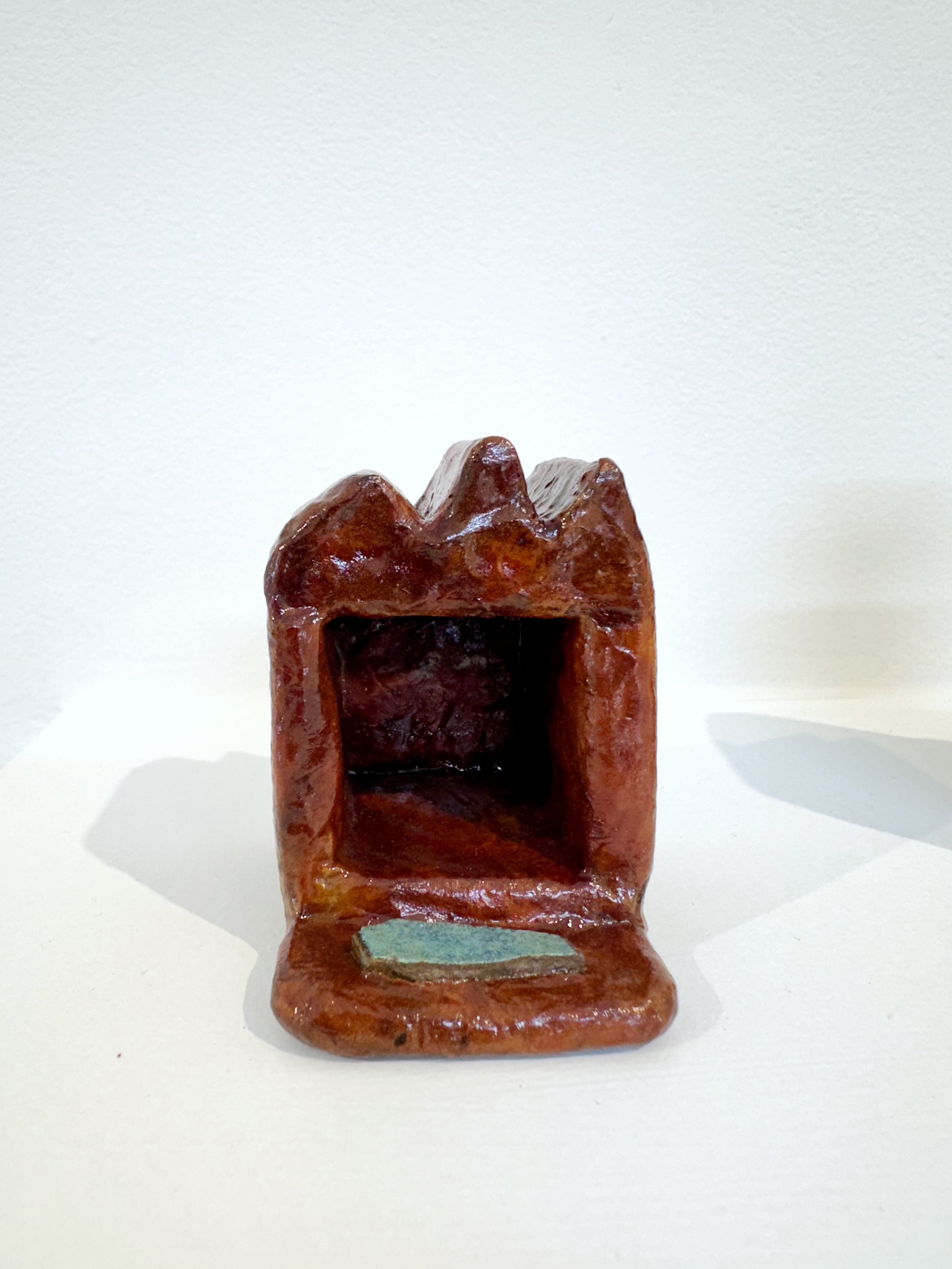
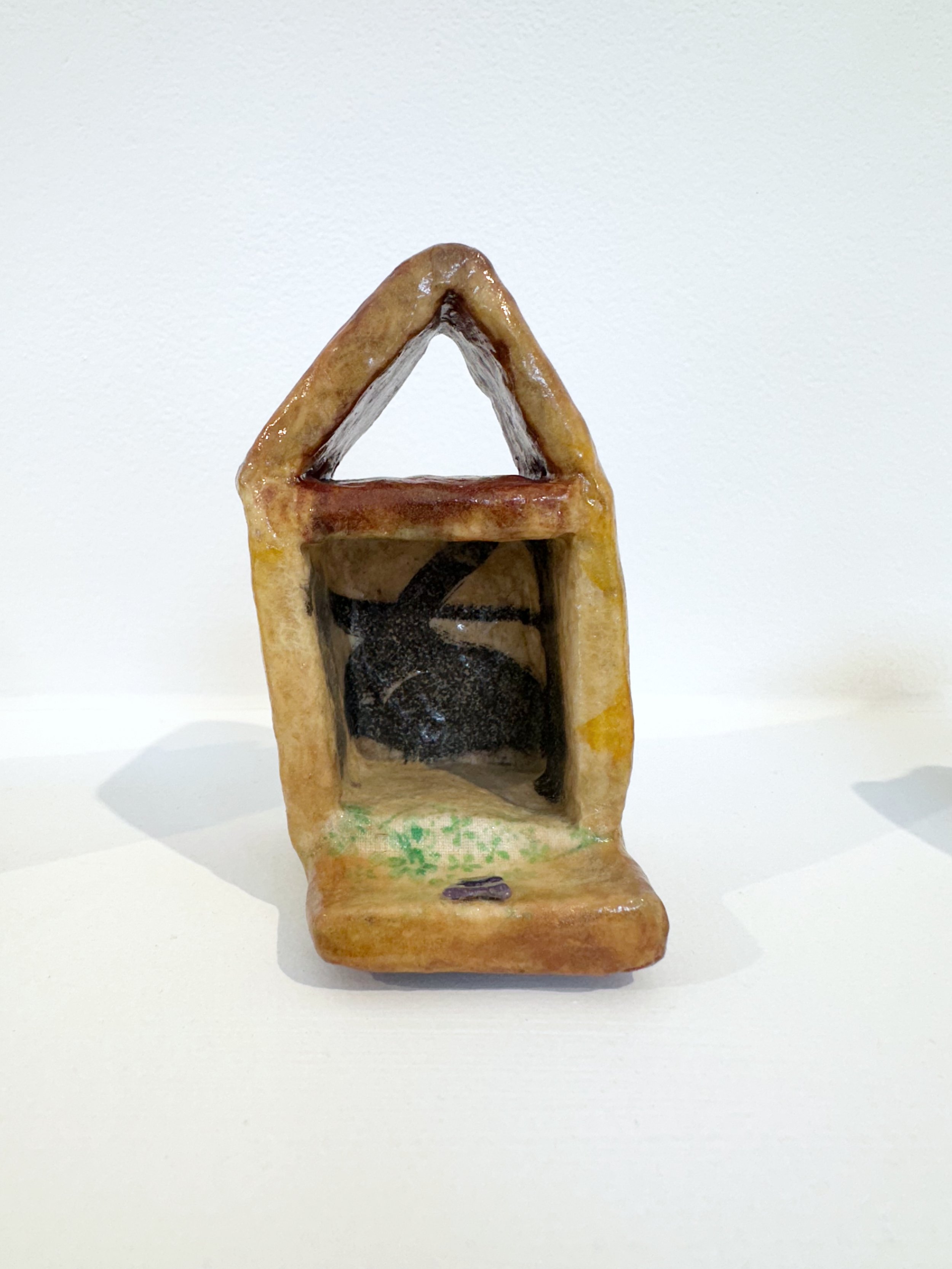







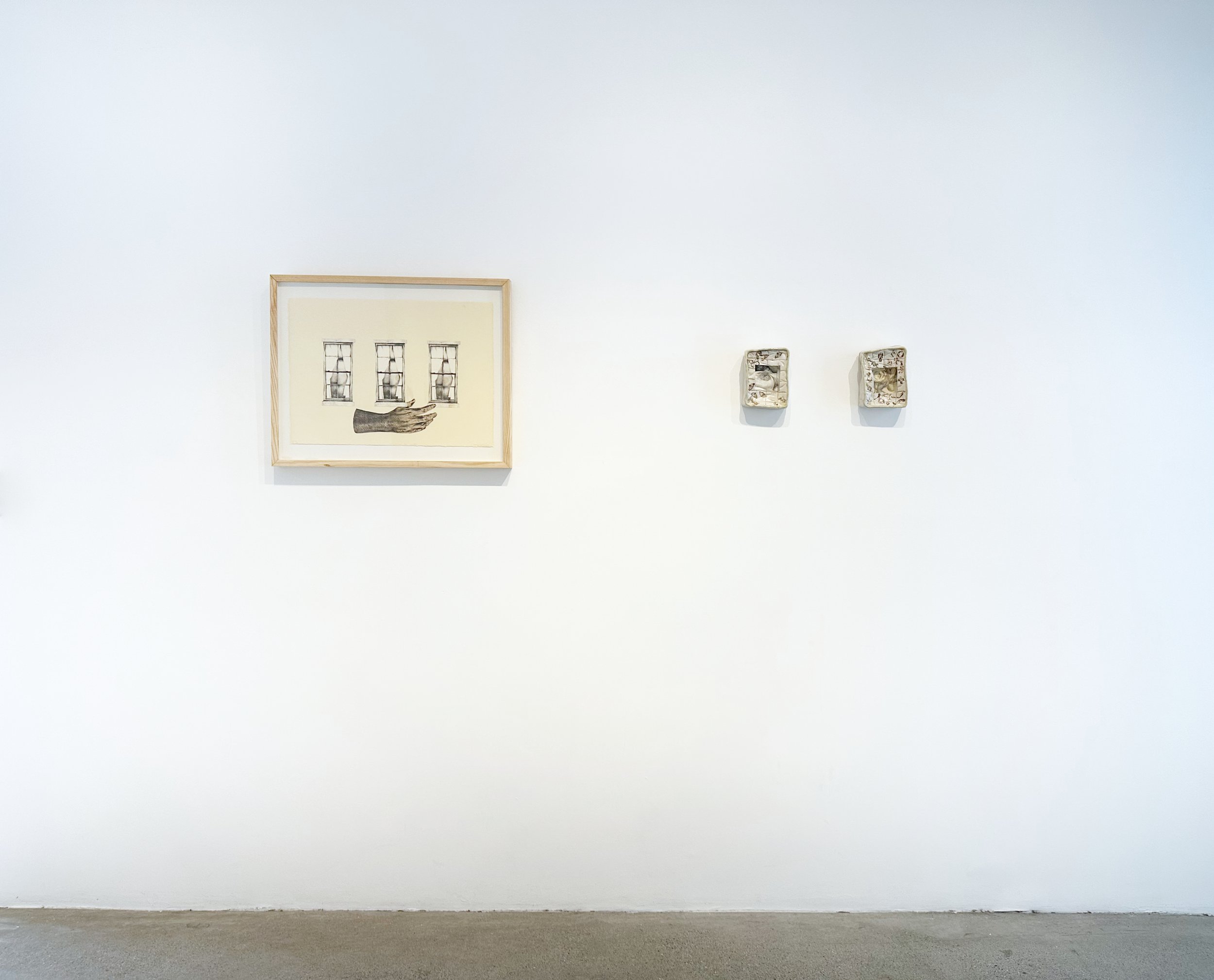
![Magaly Cantú. Cierra la Ventana. 2023. Lithography, collage. 20 x 26 inches (framed). [Image: unframed work.]](https://images.squarespace-cdn.com/content/v1/619c221f6addfe04124c8b97/aa5f0874-268f-437d-bbf9-0366321a1609/BF0B7501-E9CD-486F-A2EA-736BA4A4CCB0.JPG)

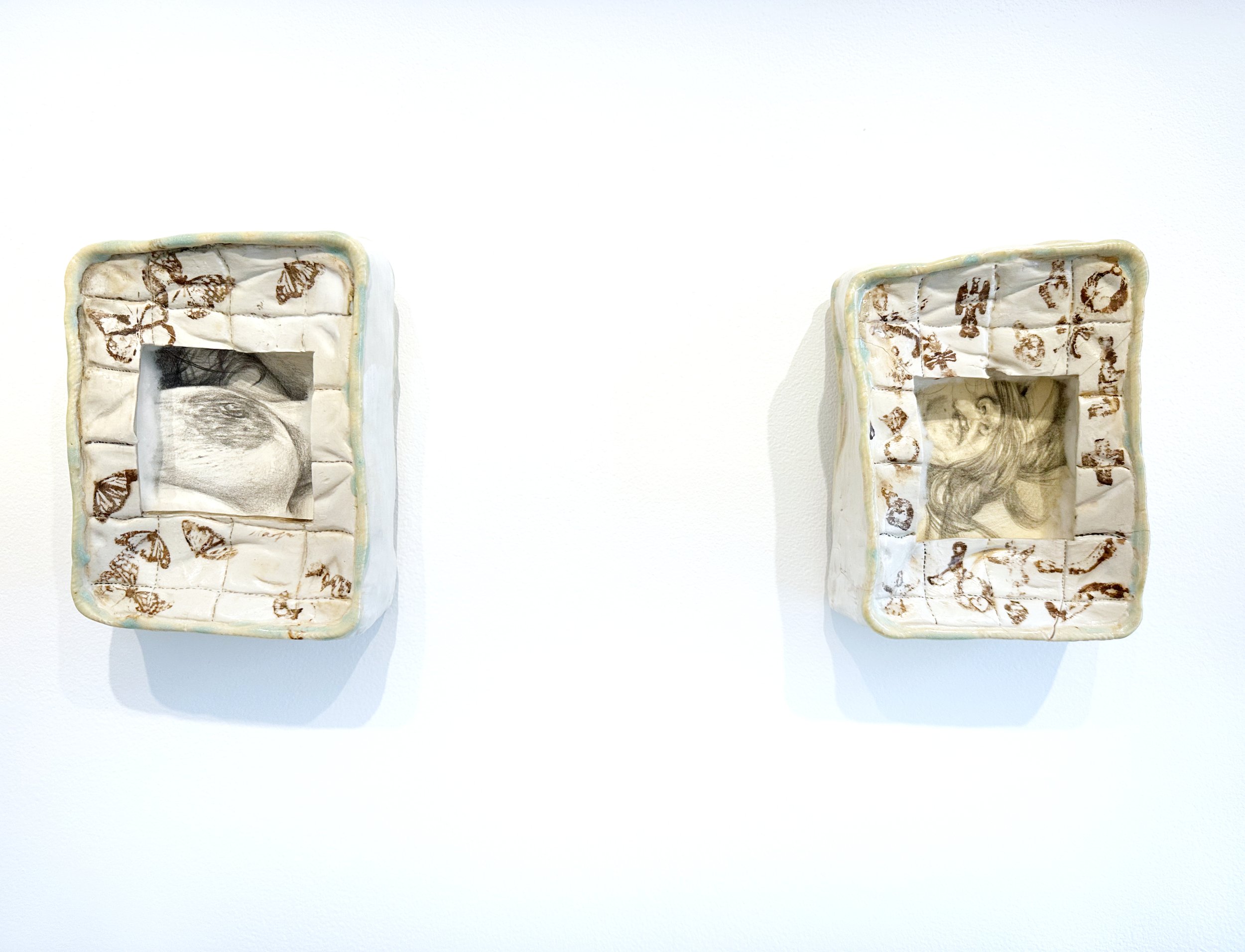


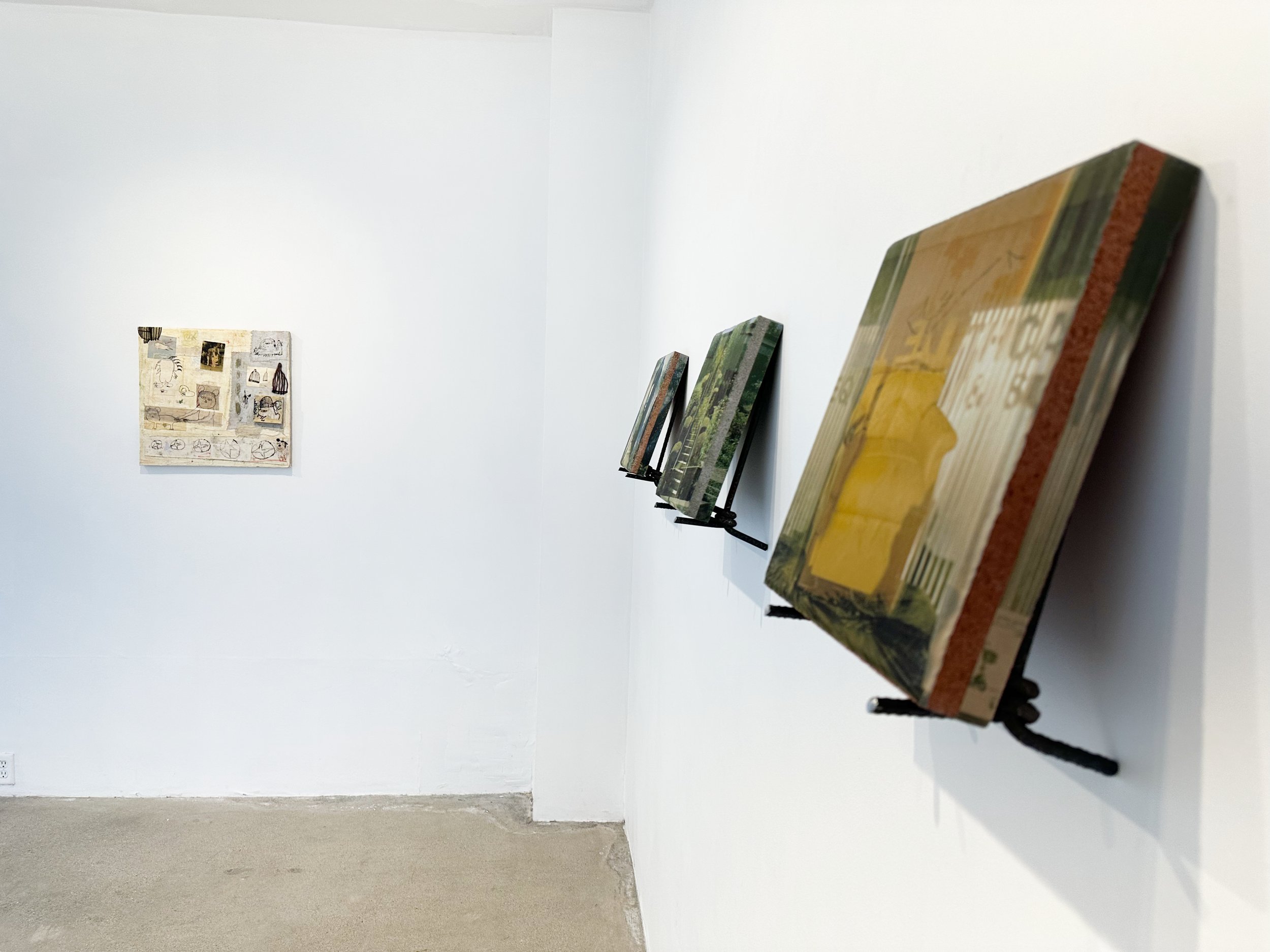
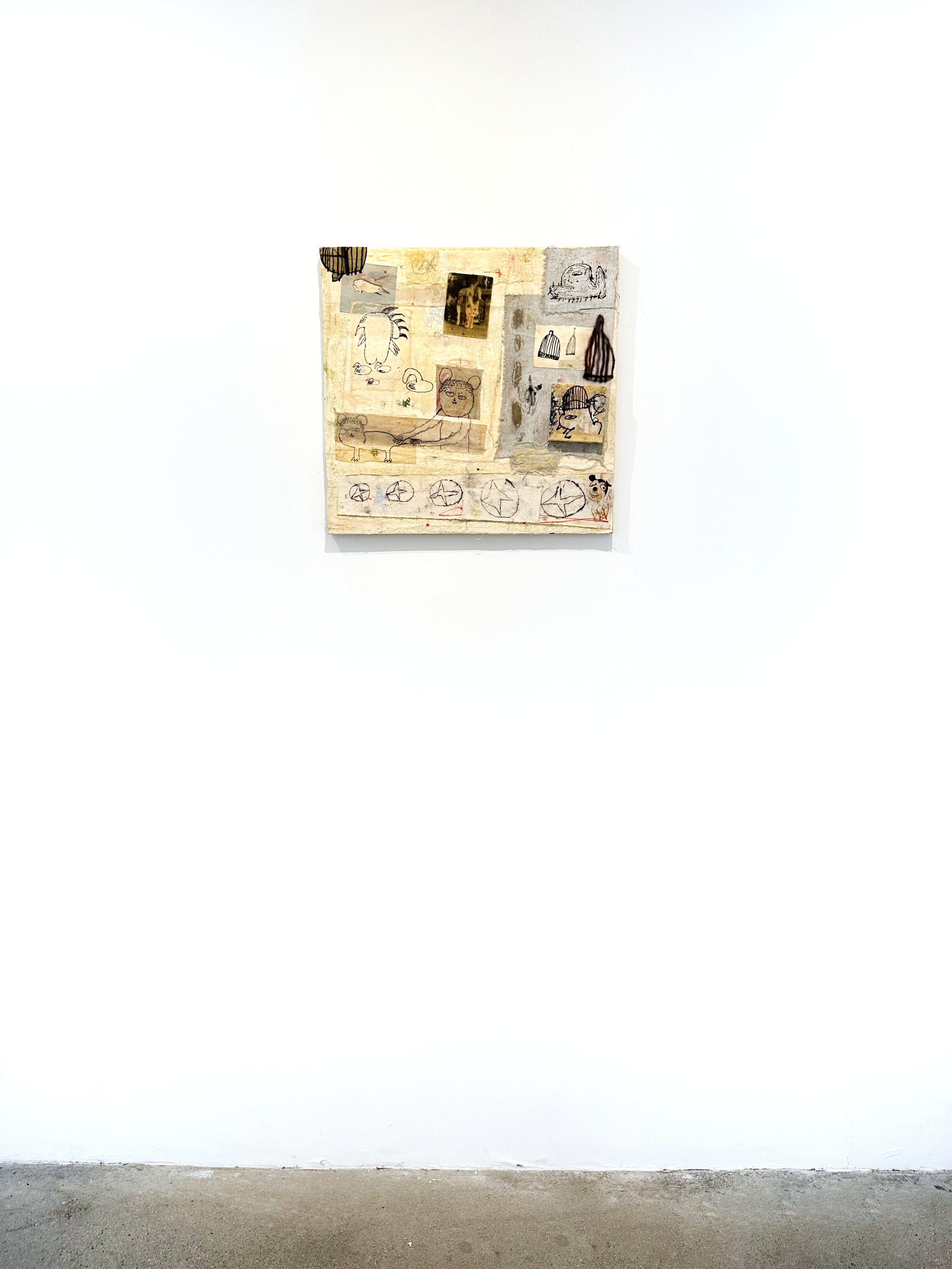
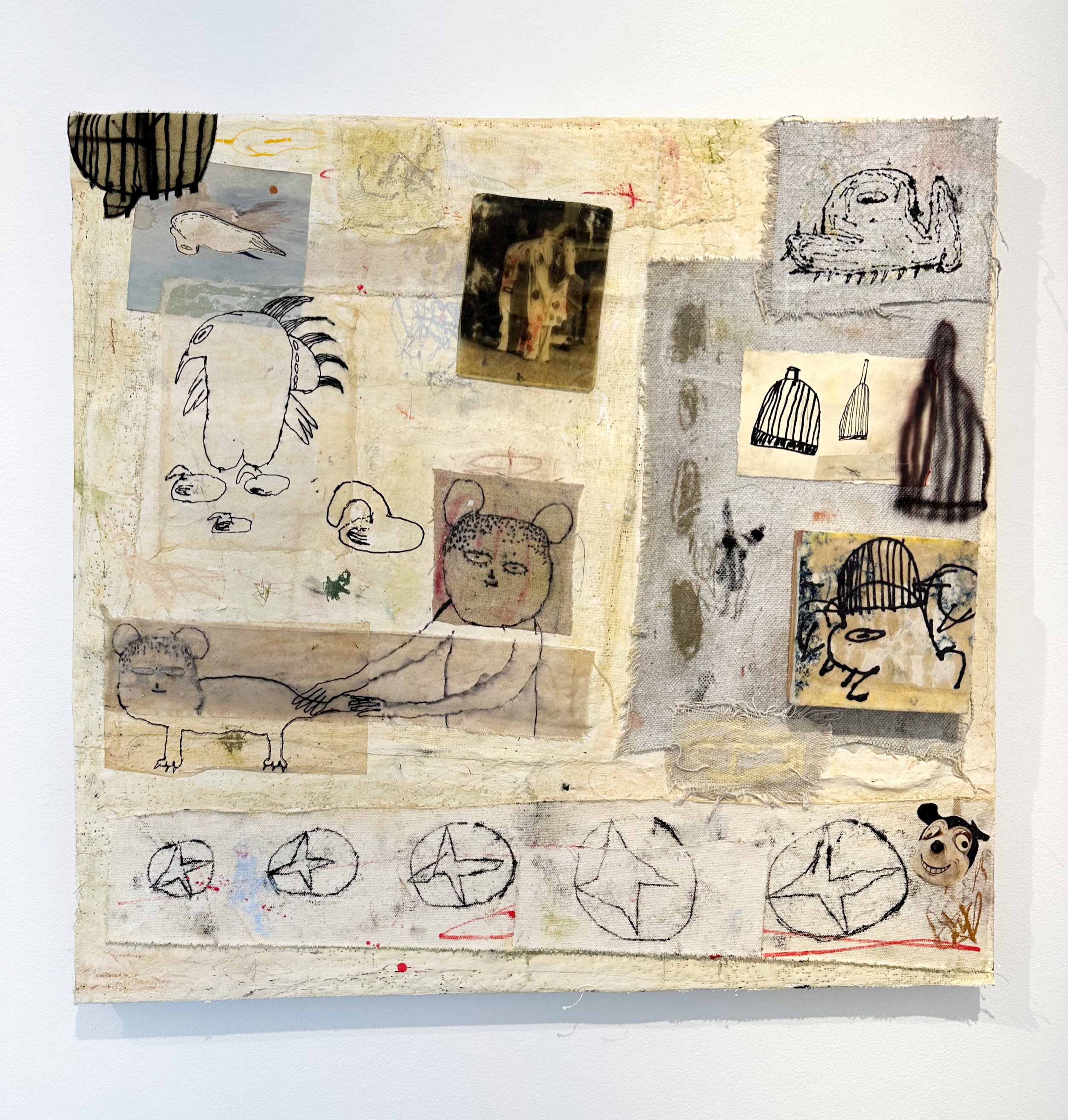

![Cesar Herrejon. Nimix and His Creature. 2023. Fabric, ink, soft pastels, watercolor crayons, plaster on wood. 20 x20 inches. [Detail.]](https://images.squarespace-cdn.com/content/v1/619c221f6addfe04124c8b97/6d1d9036-b502-49a0-9afb-c468a8d653aa/Herrejon_Nimix_3.jpg)
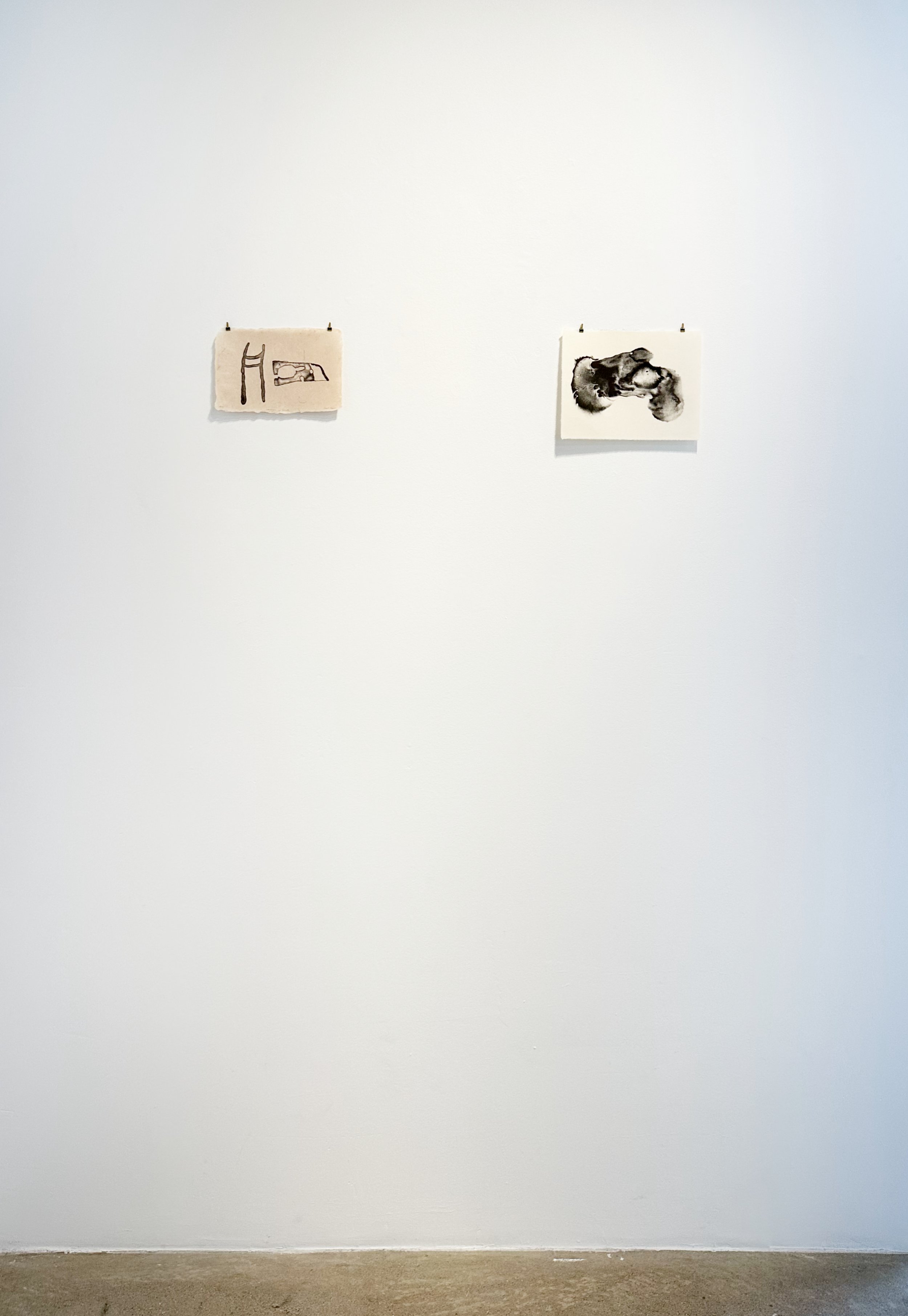
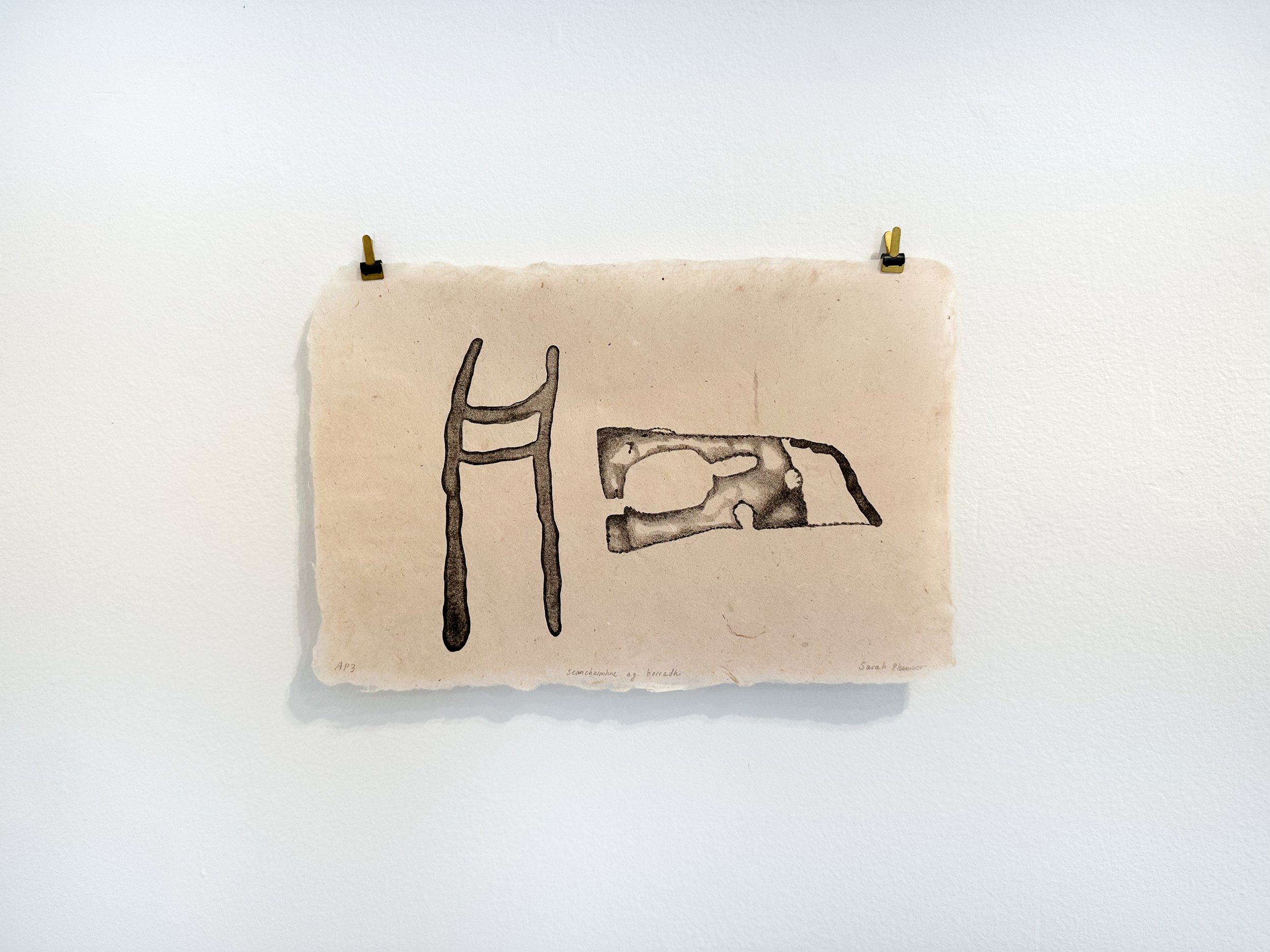
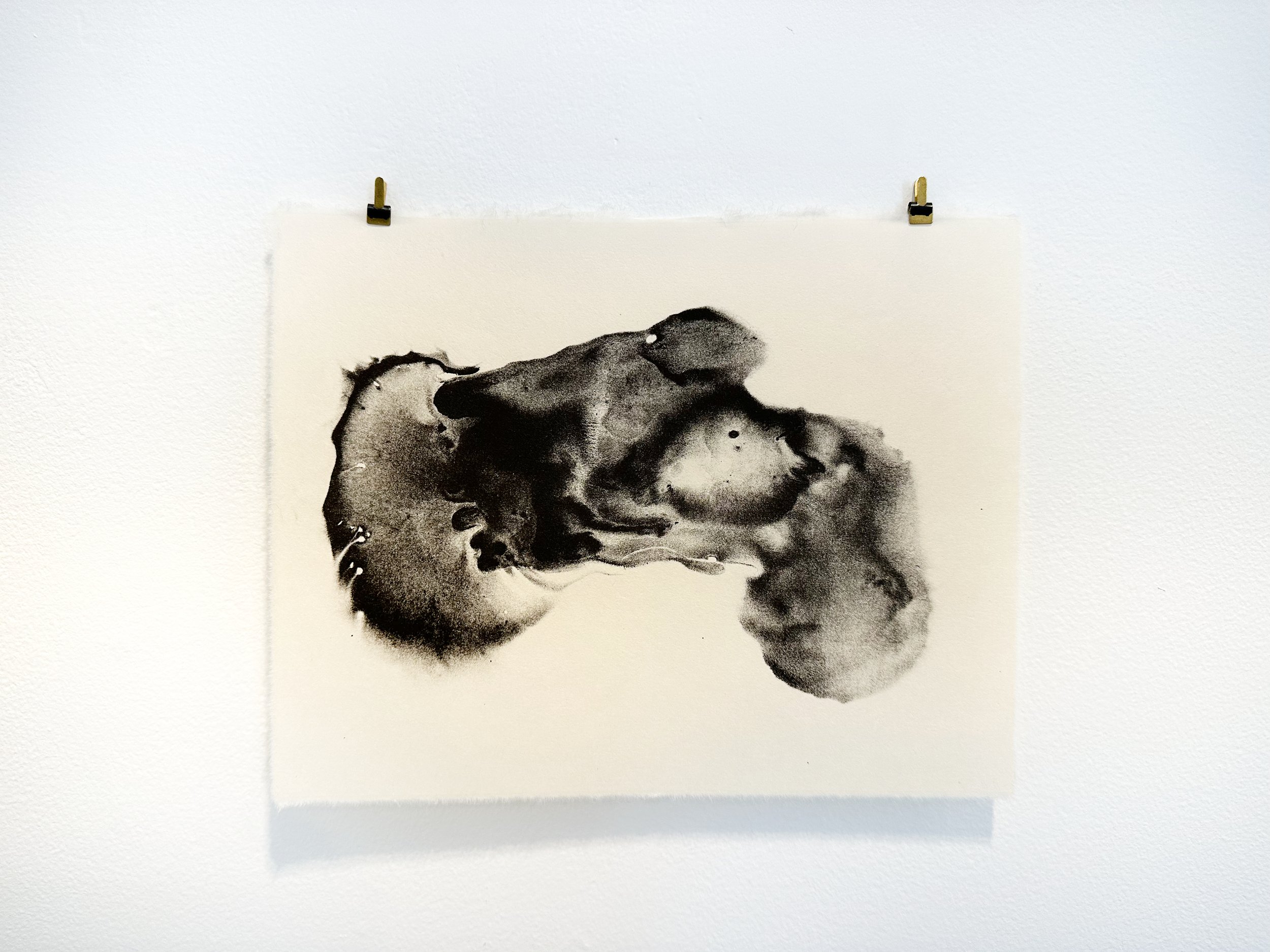




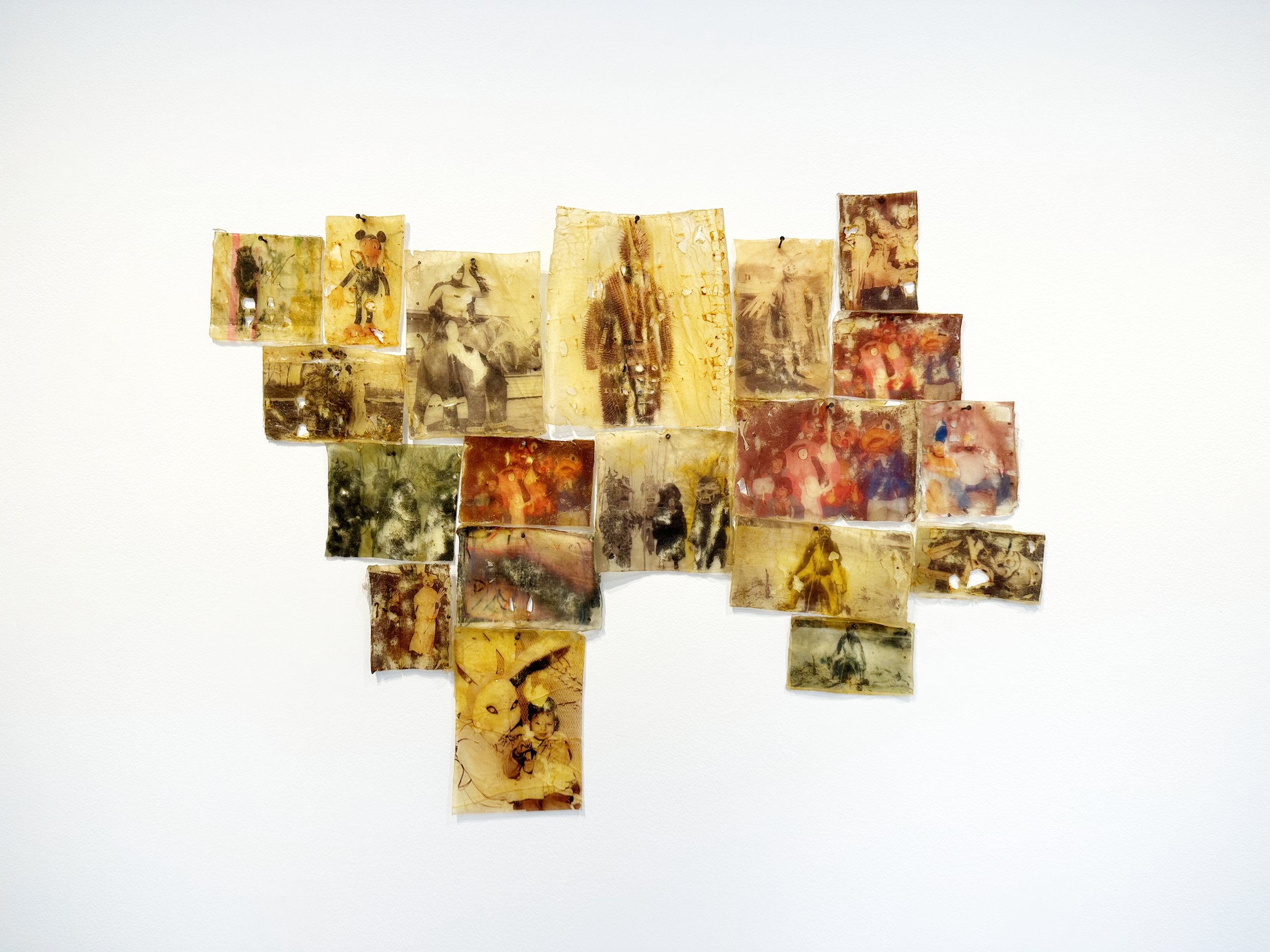
![Cesar Herrejon. Untitled Images. 2024. Xerox transfer on caulk. 23 x 19 inches. [Detail.]](https://images.squarespace-cdn.com/content/v1/619c221f6addfe04124c8b97/4c2b1680-cd56-41f5-a8aa-2f7e52e84746/Herrejon_Xerox_4.jpg)
![Cesar Herrejon. Untitled Images. 2024. Xerox transfer on caulk. 23 x 19 inches. [Detail.]](https://images.squarespace-cdn.com/content/v1/619c221f6addfe04124c8b97/7c577e8c-7cae-44a4-8803-a1e6dac9b0fe/Herrejon_Xerox_3.jpg)